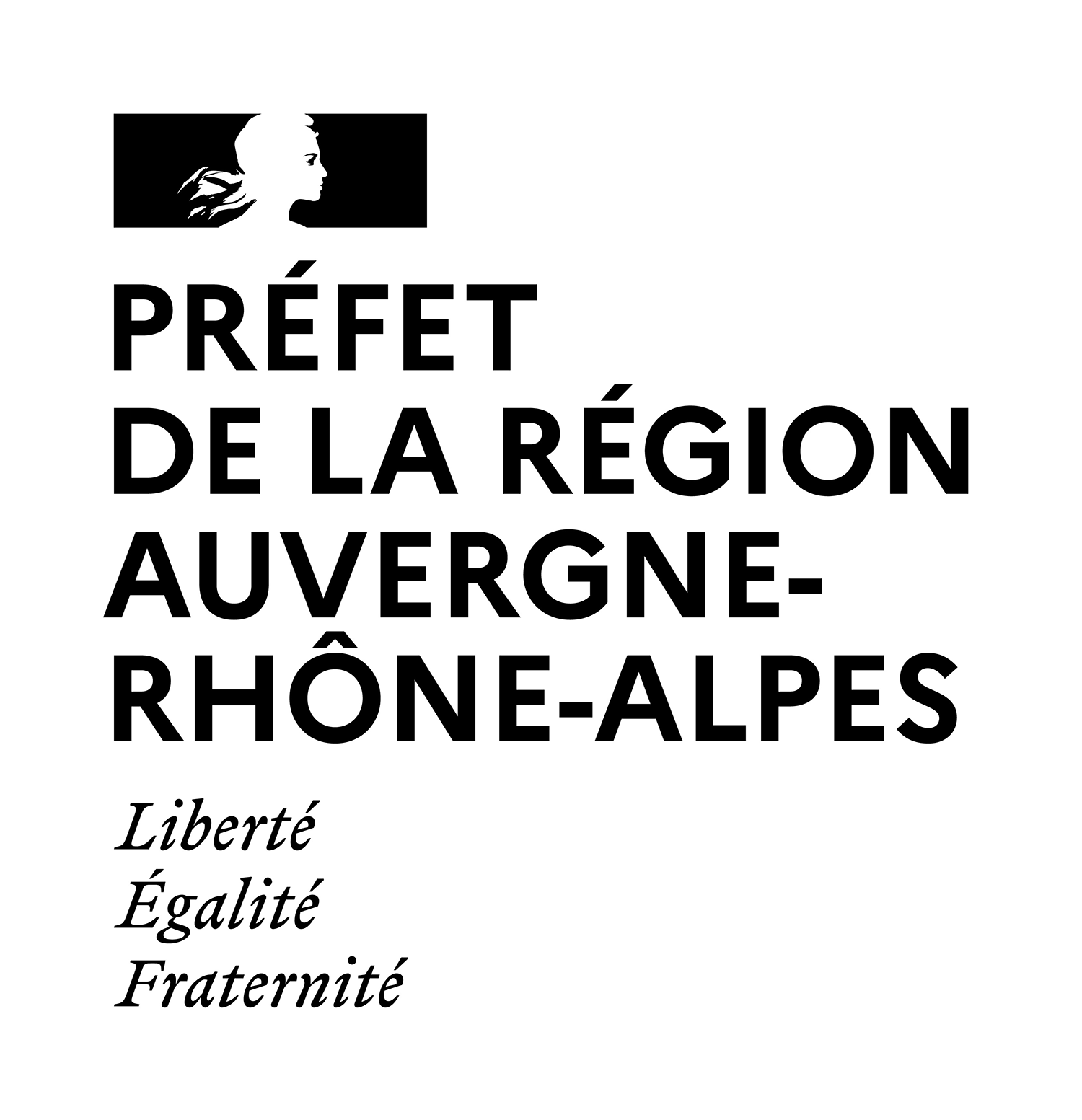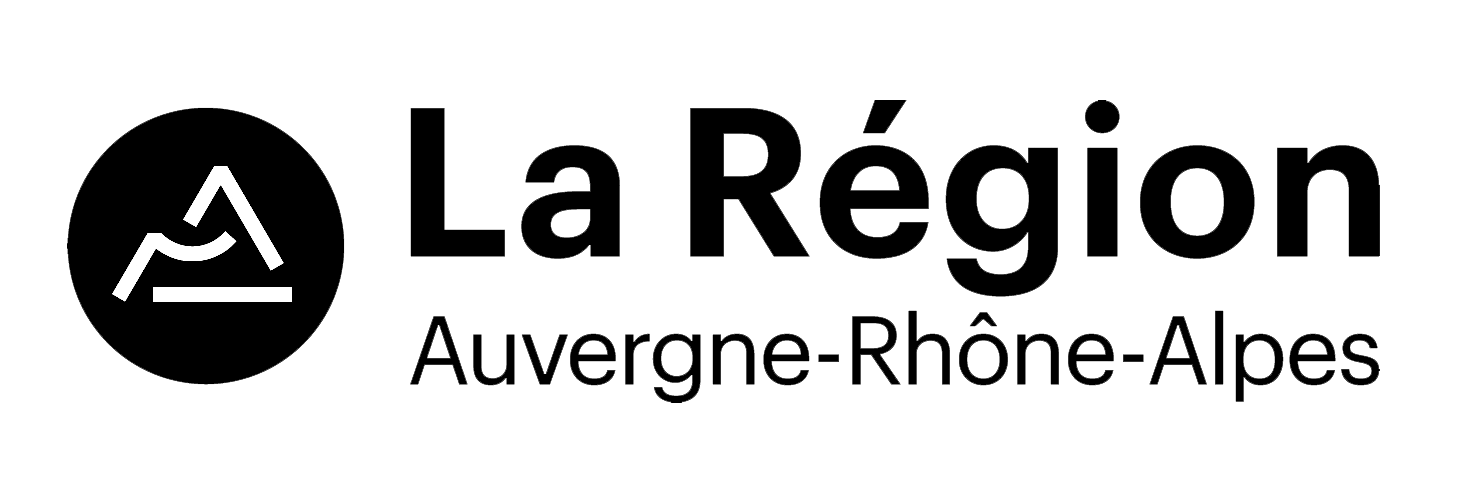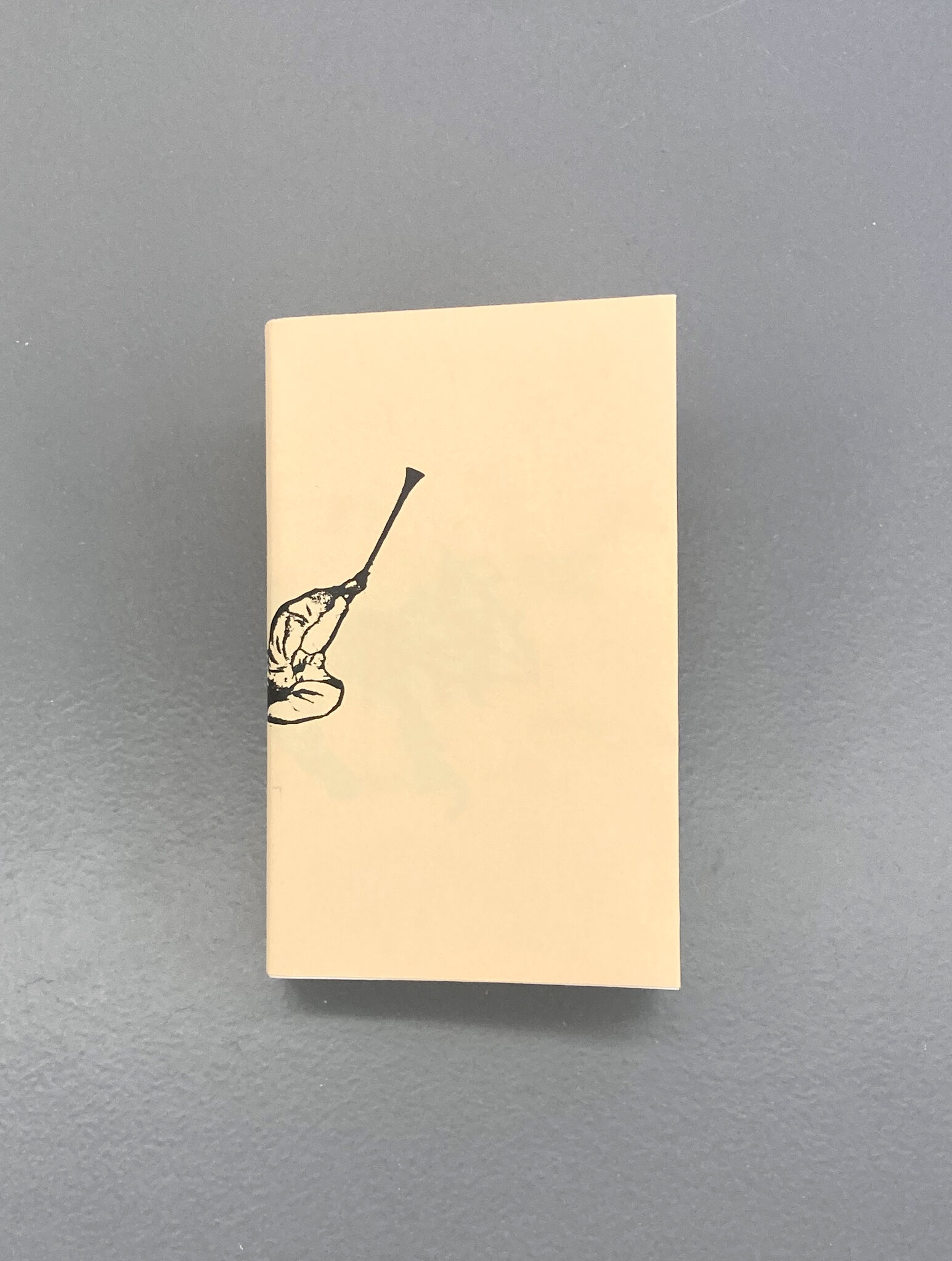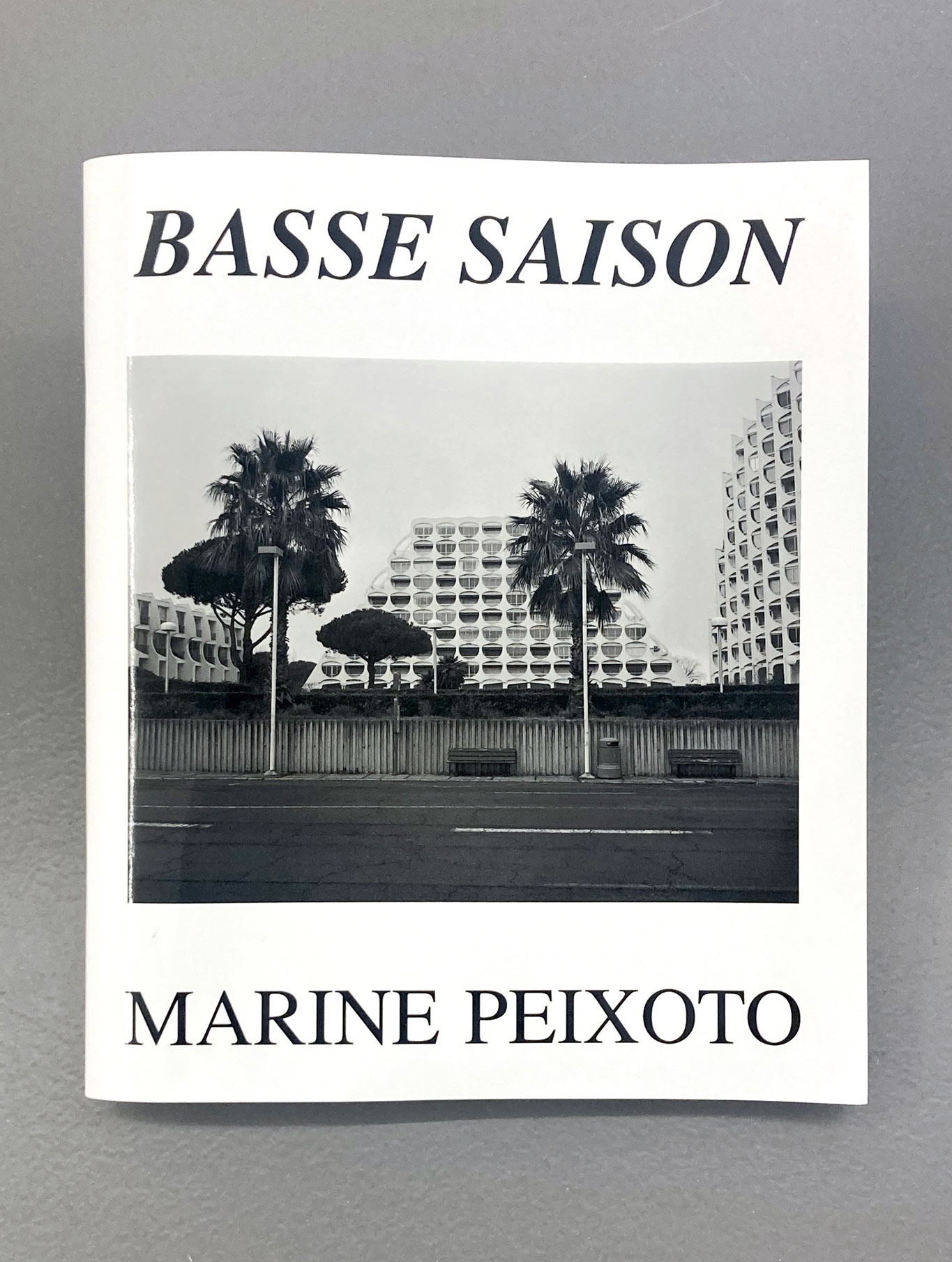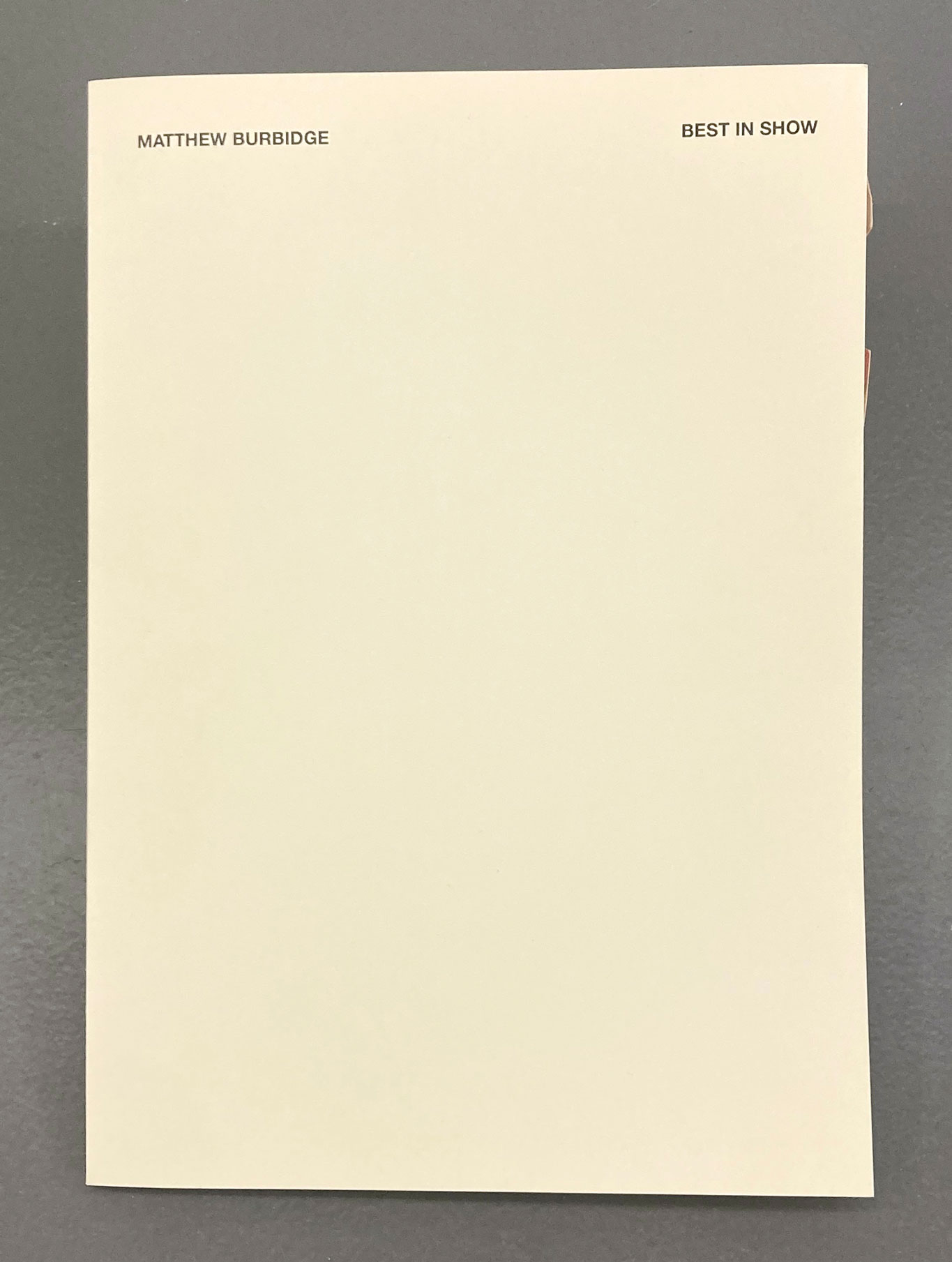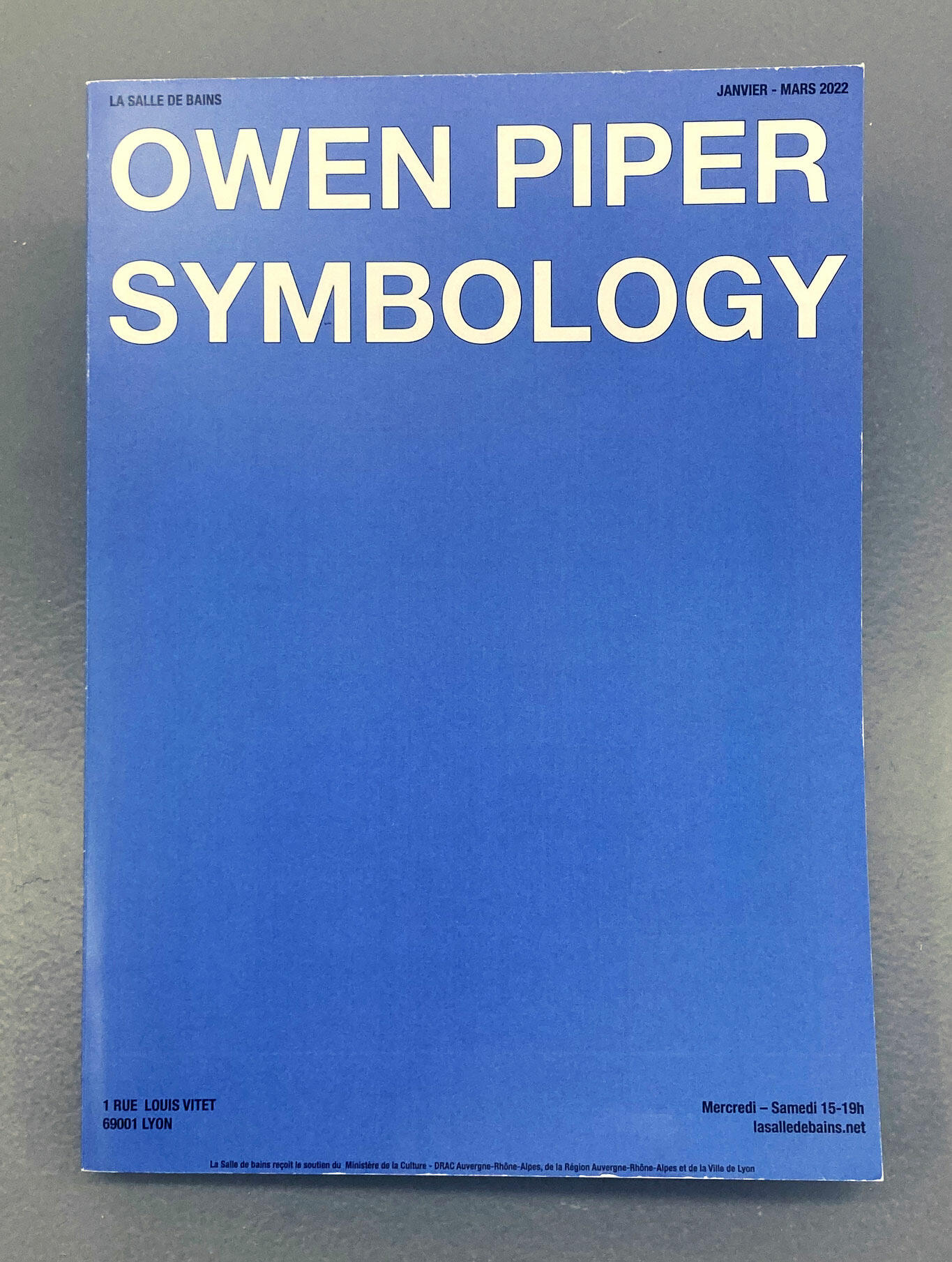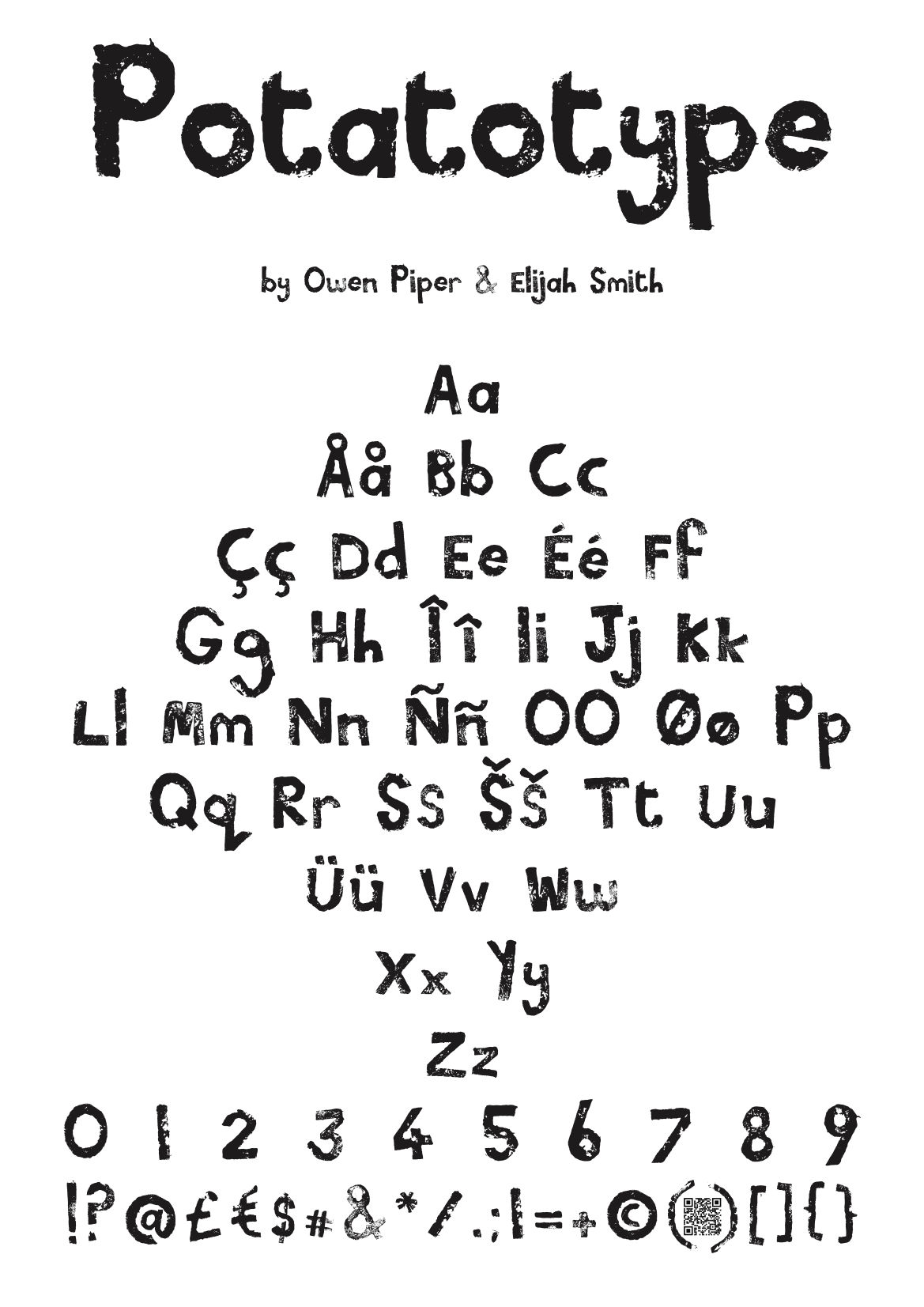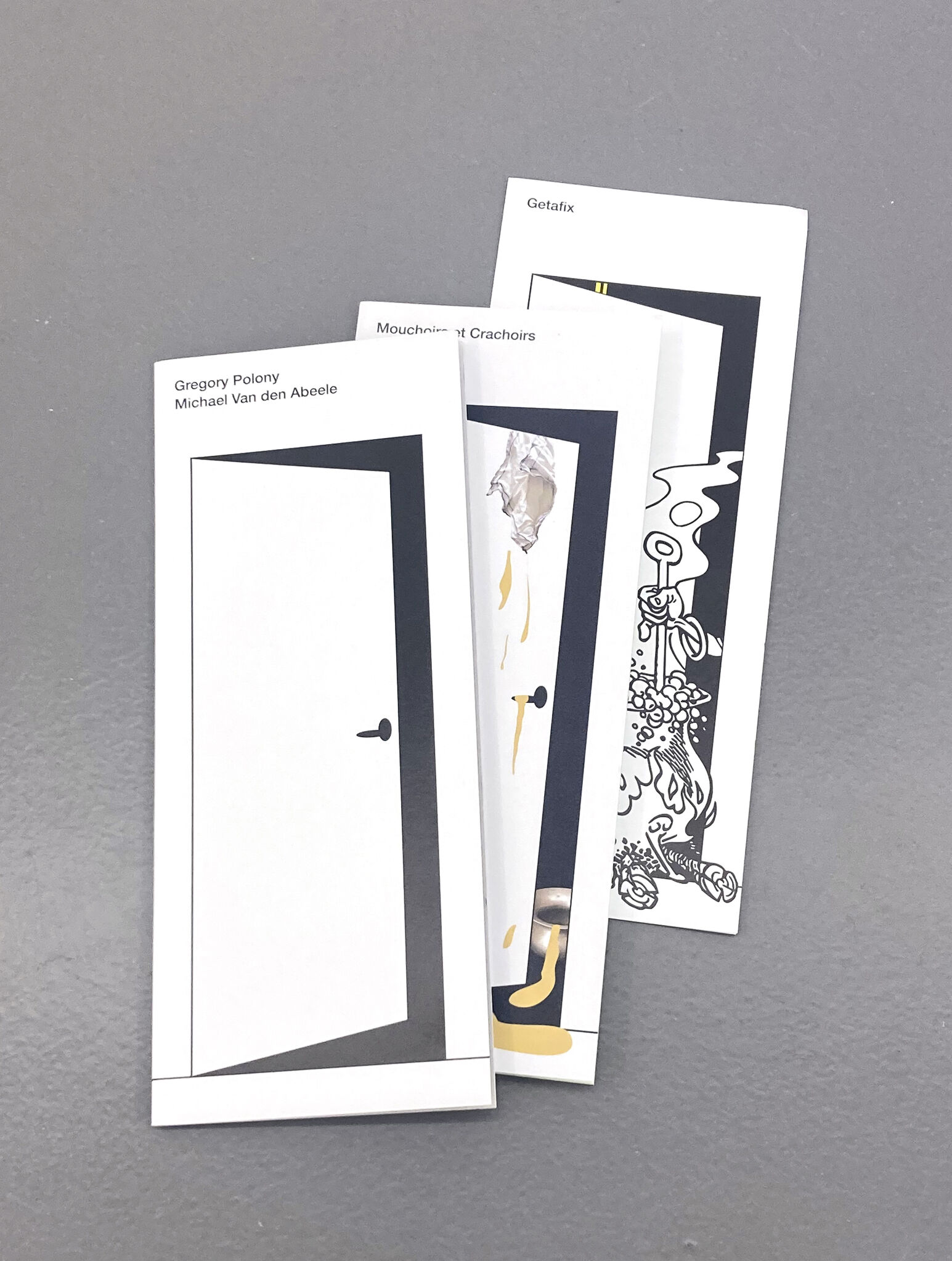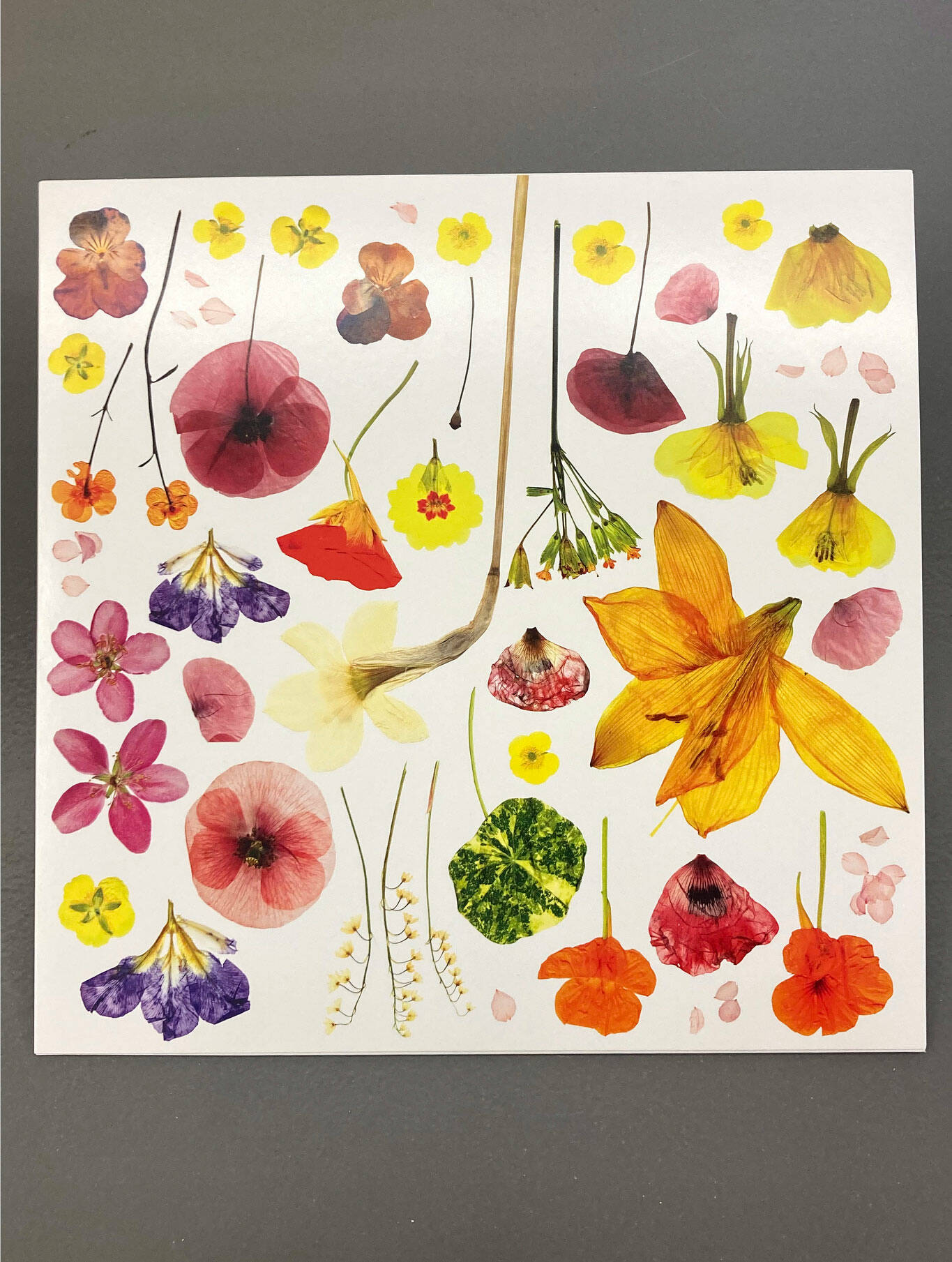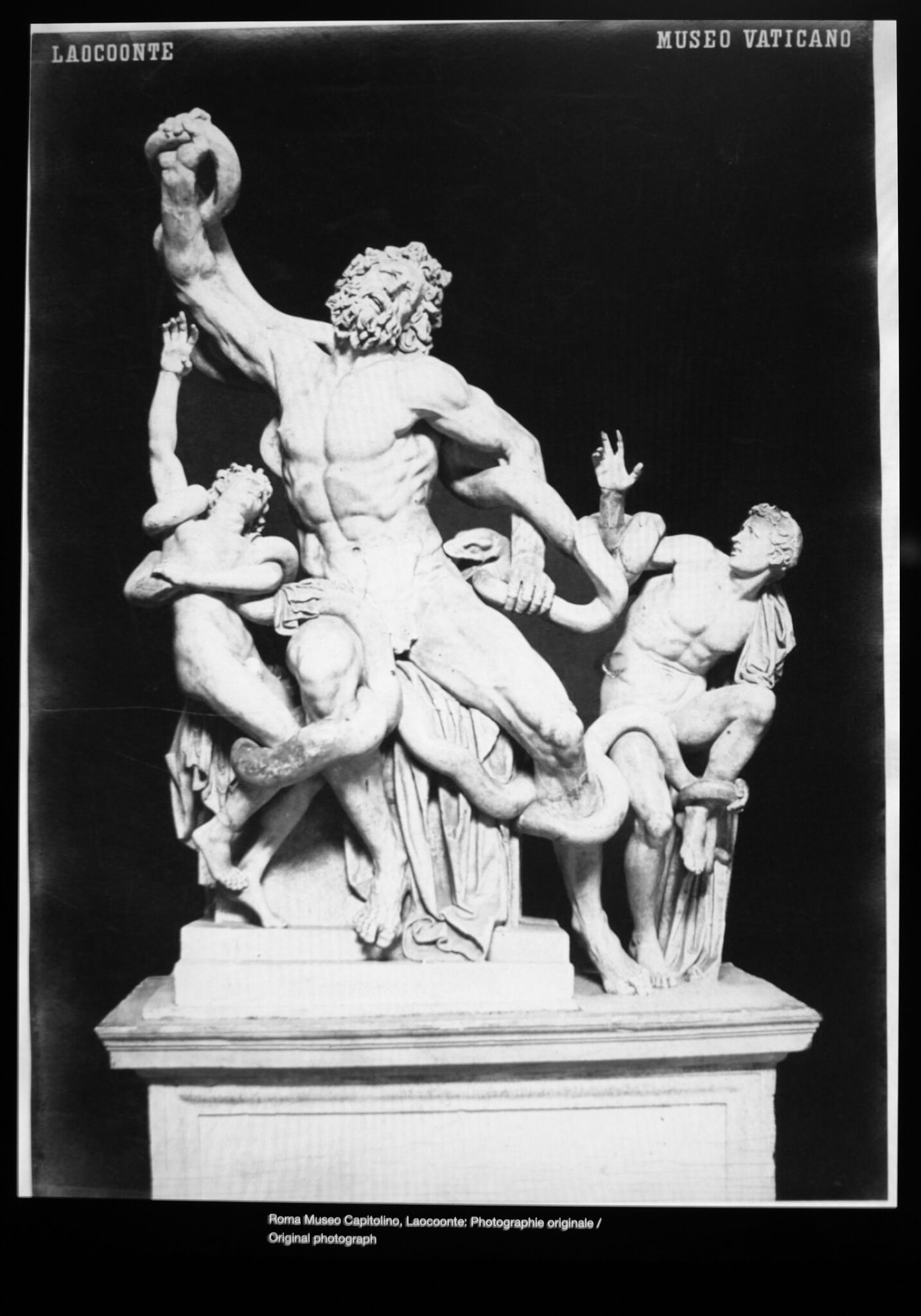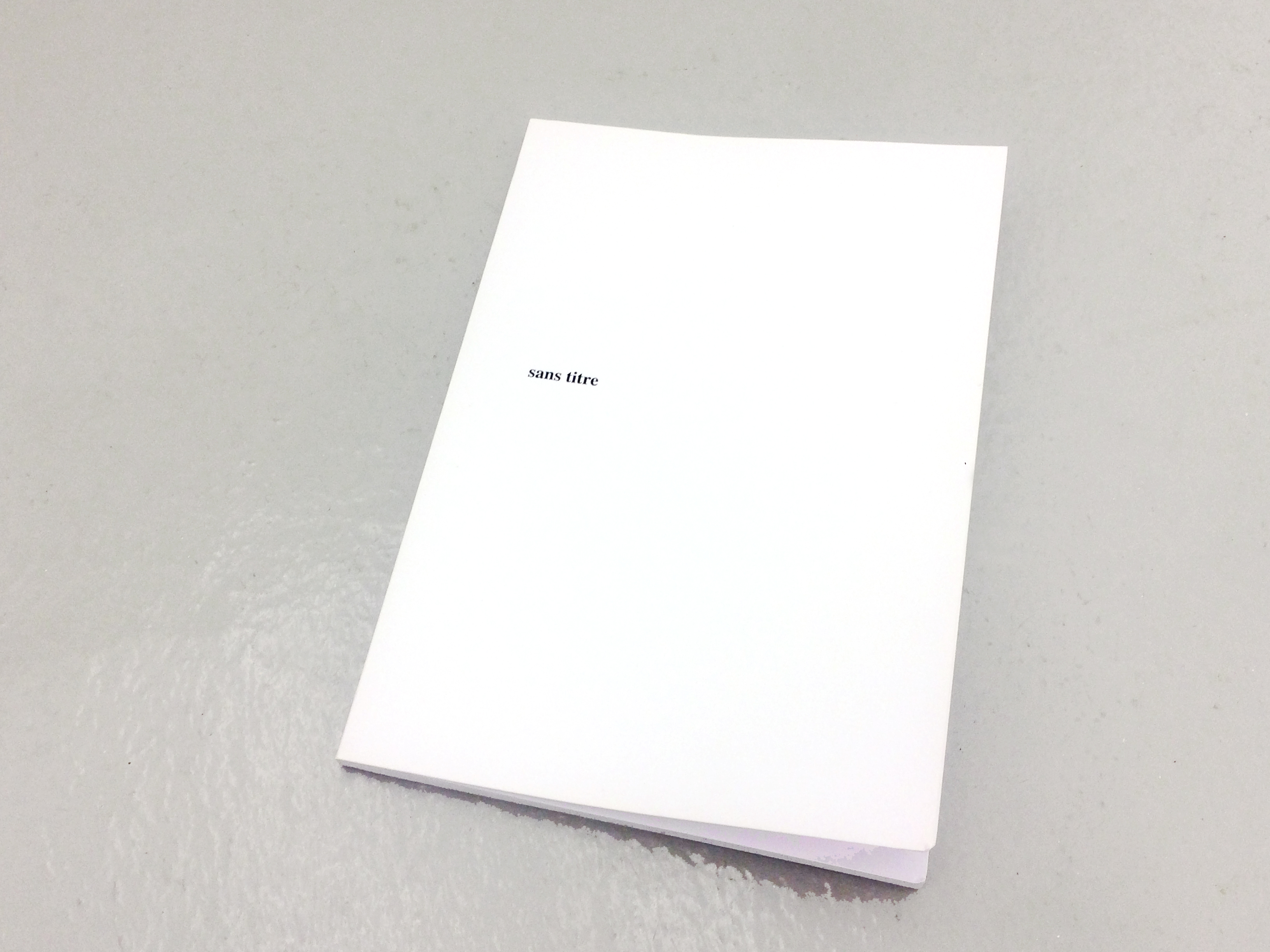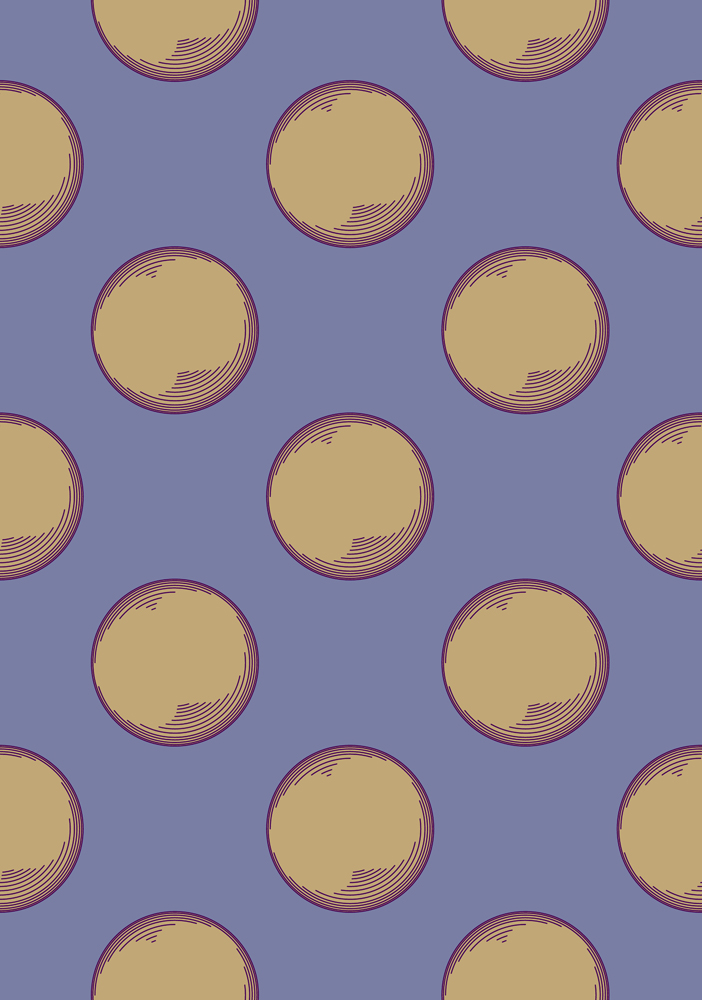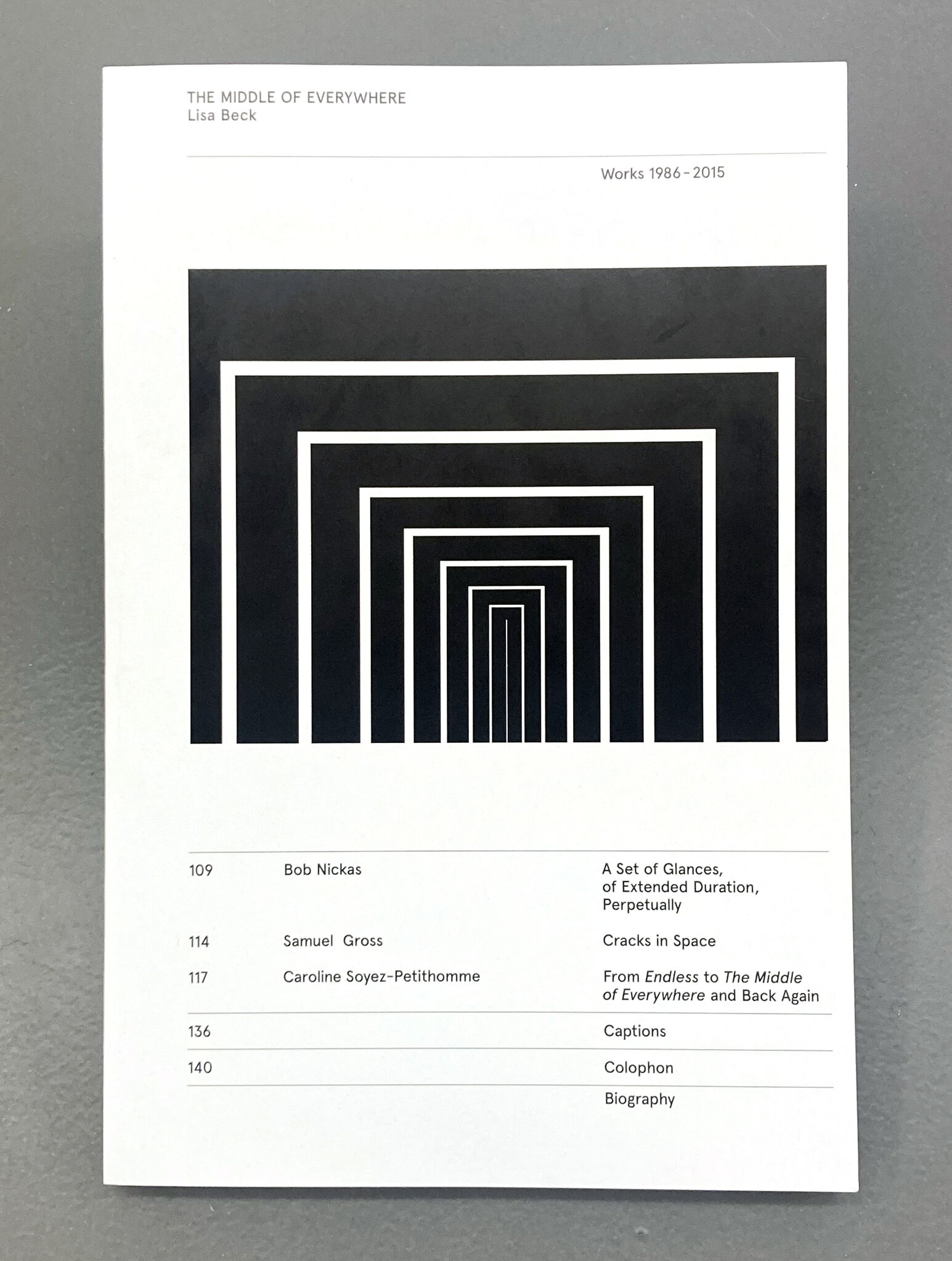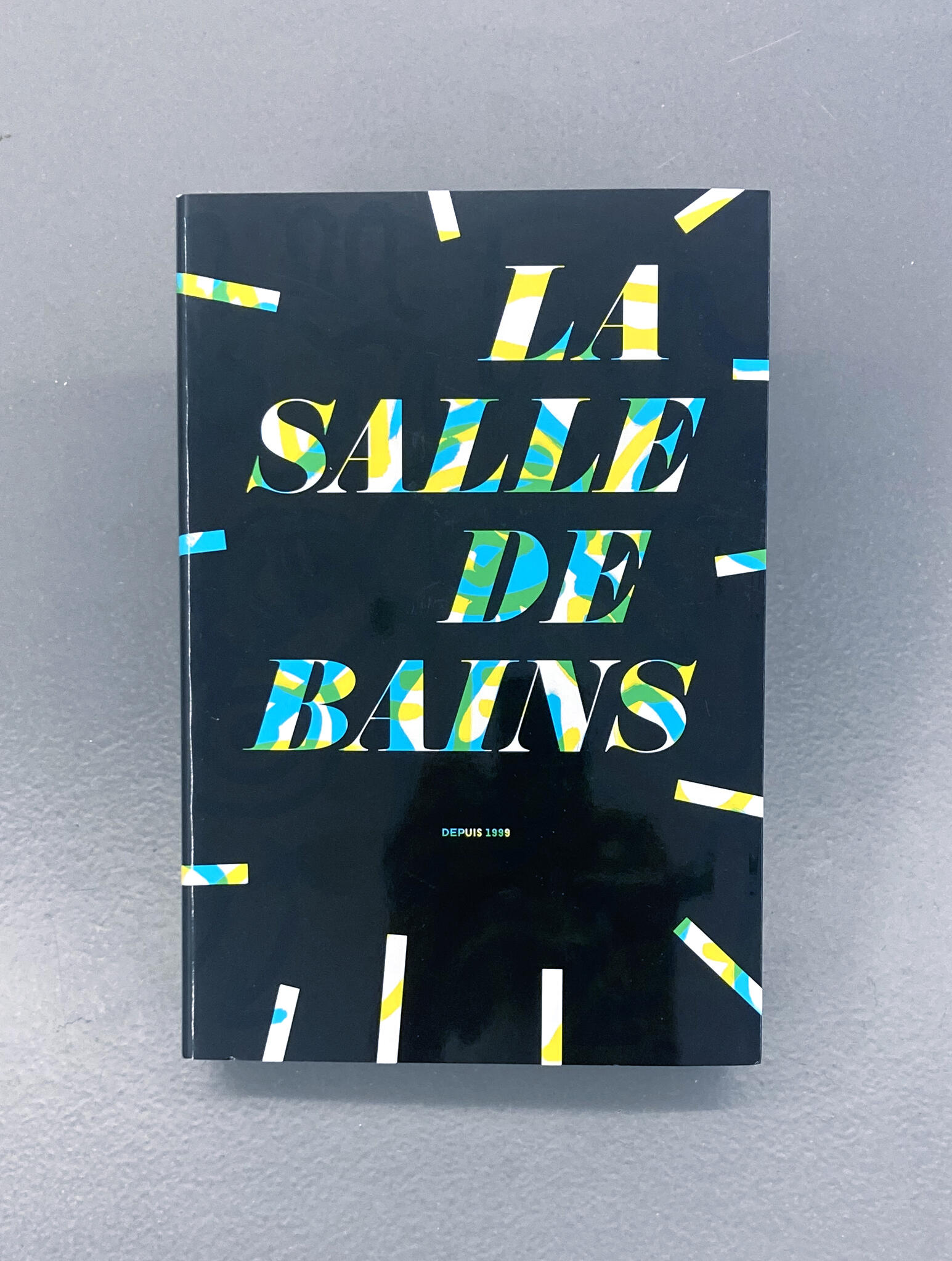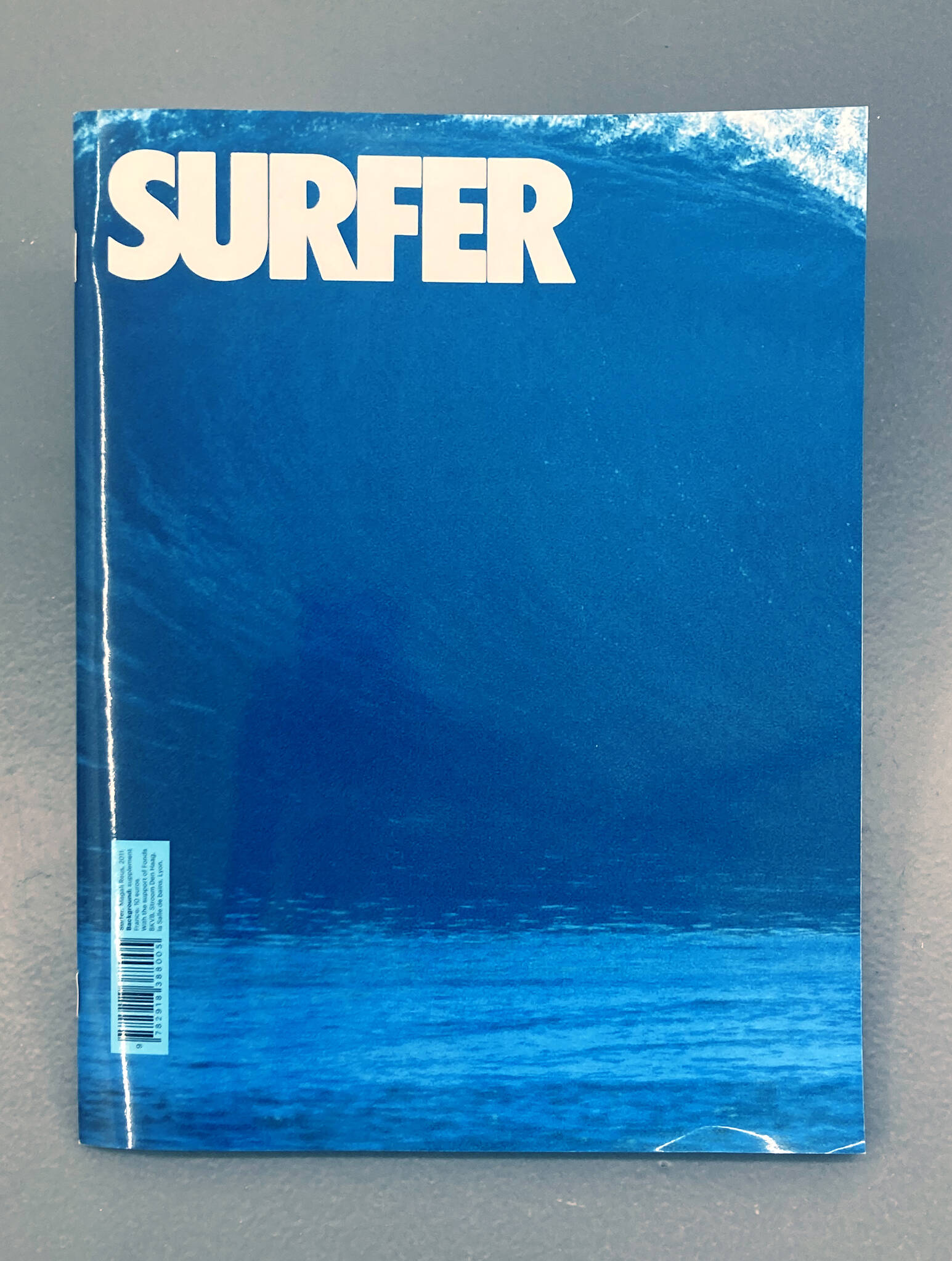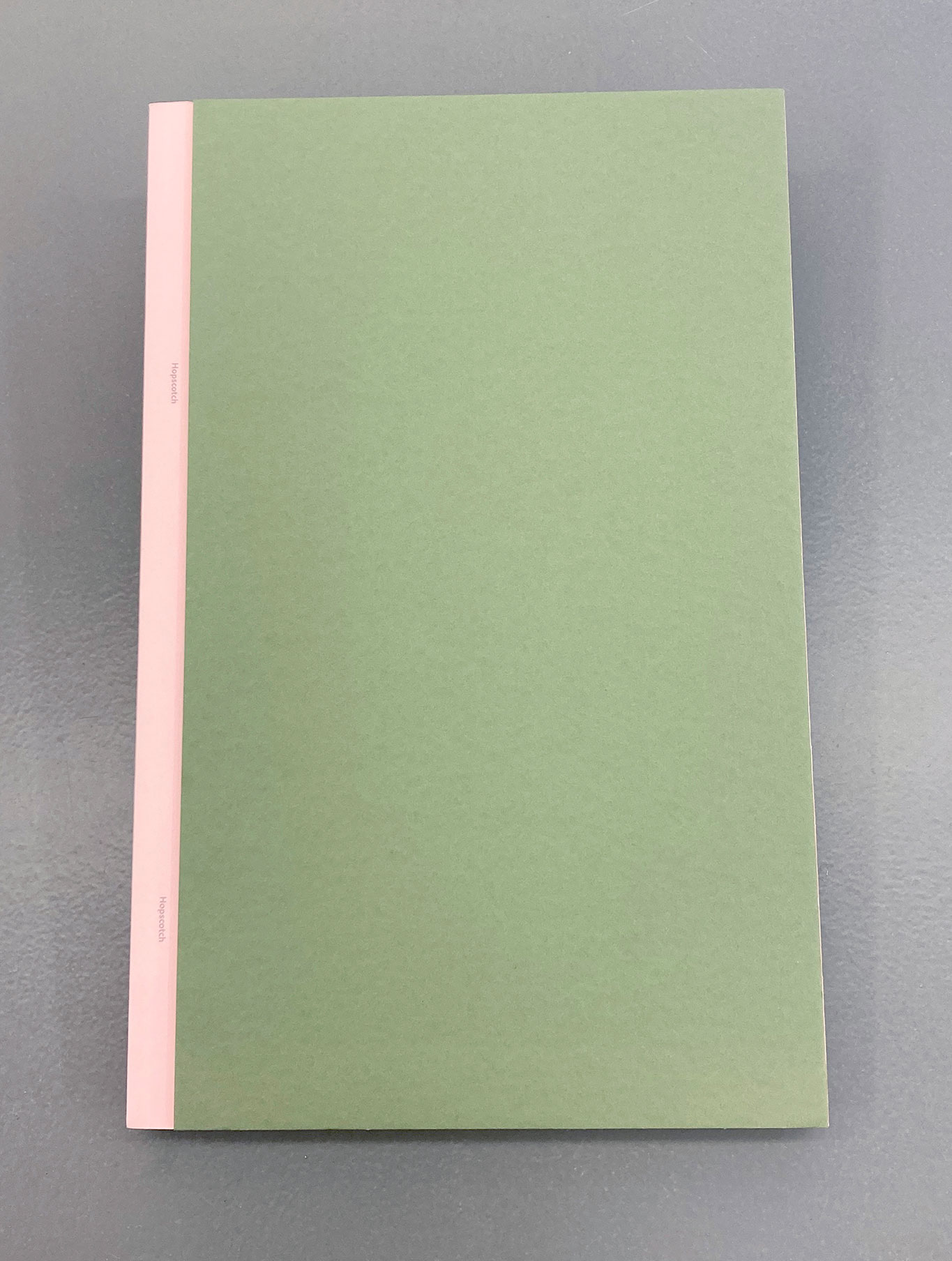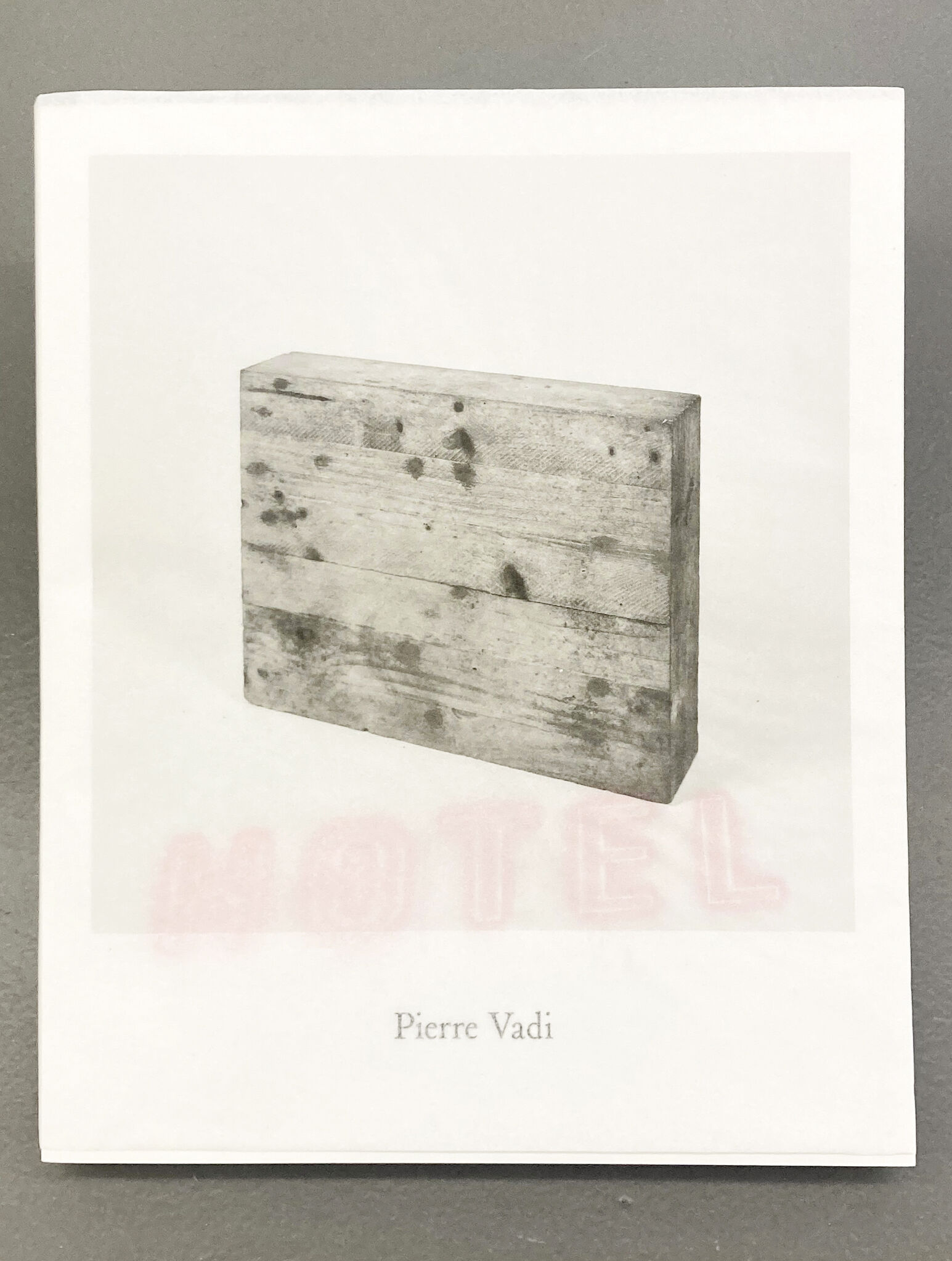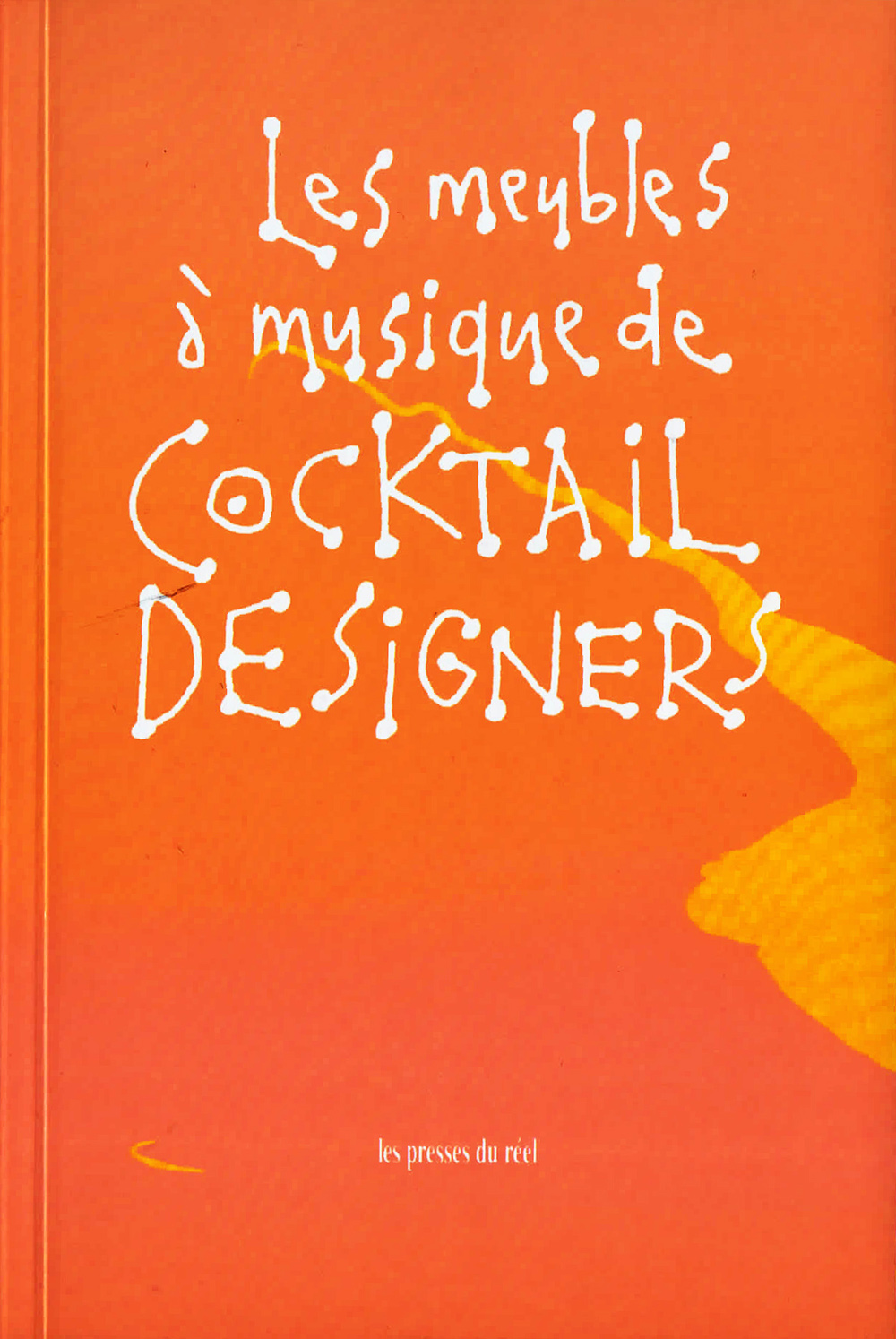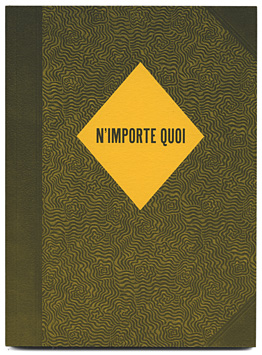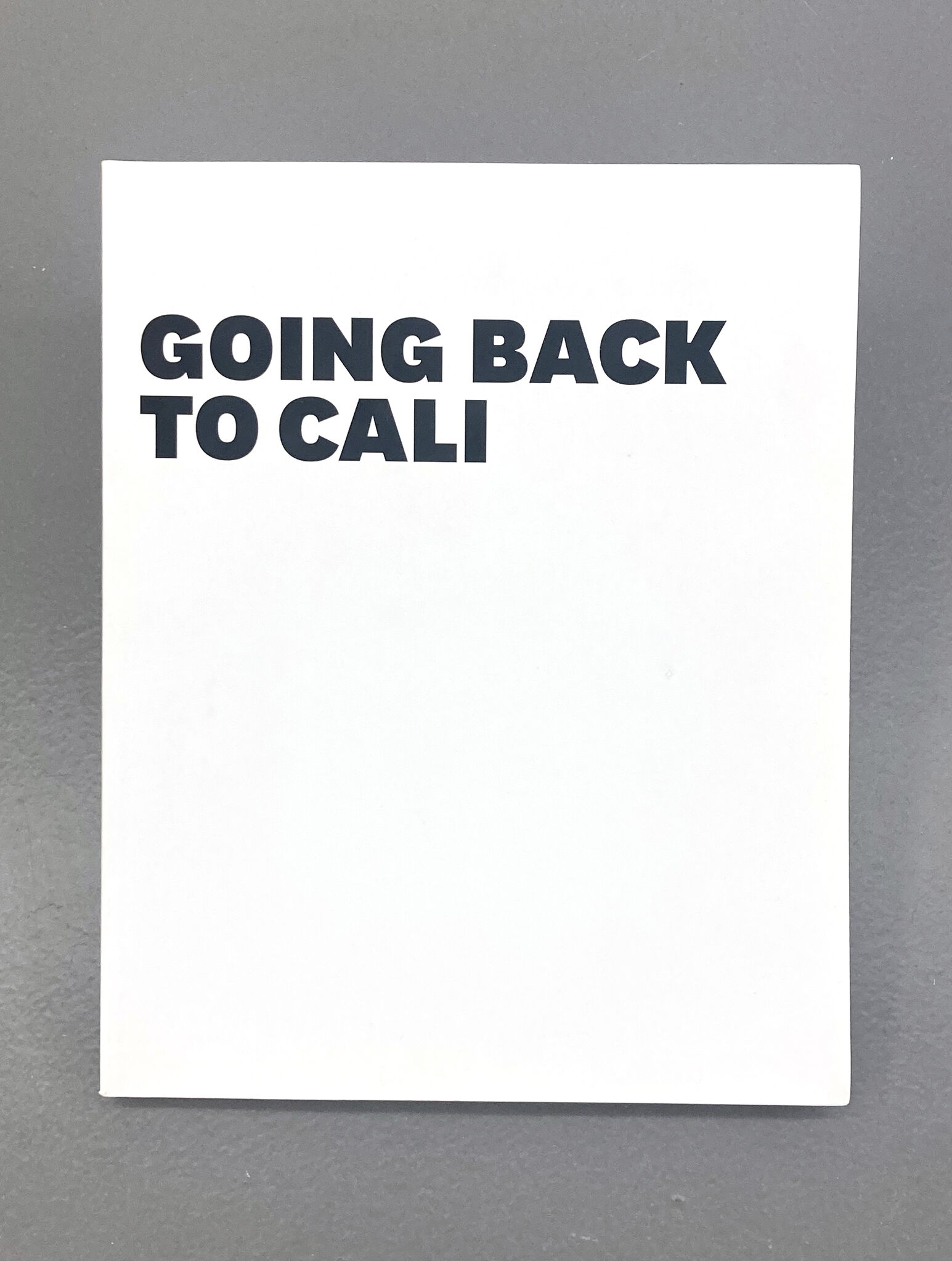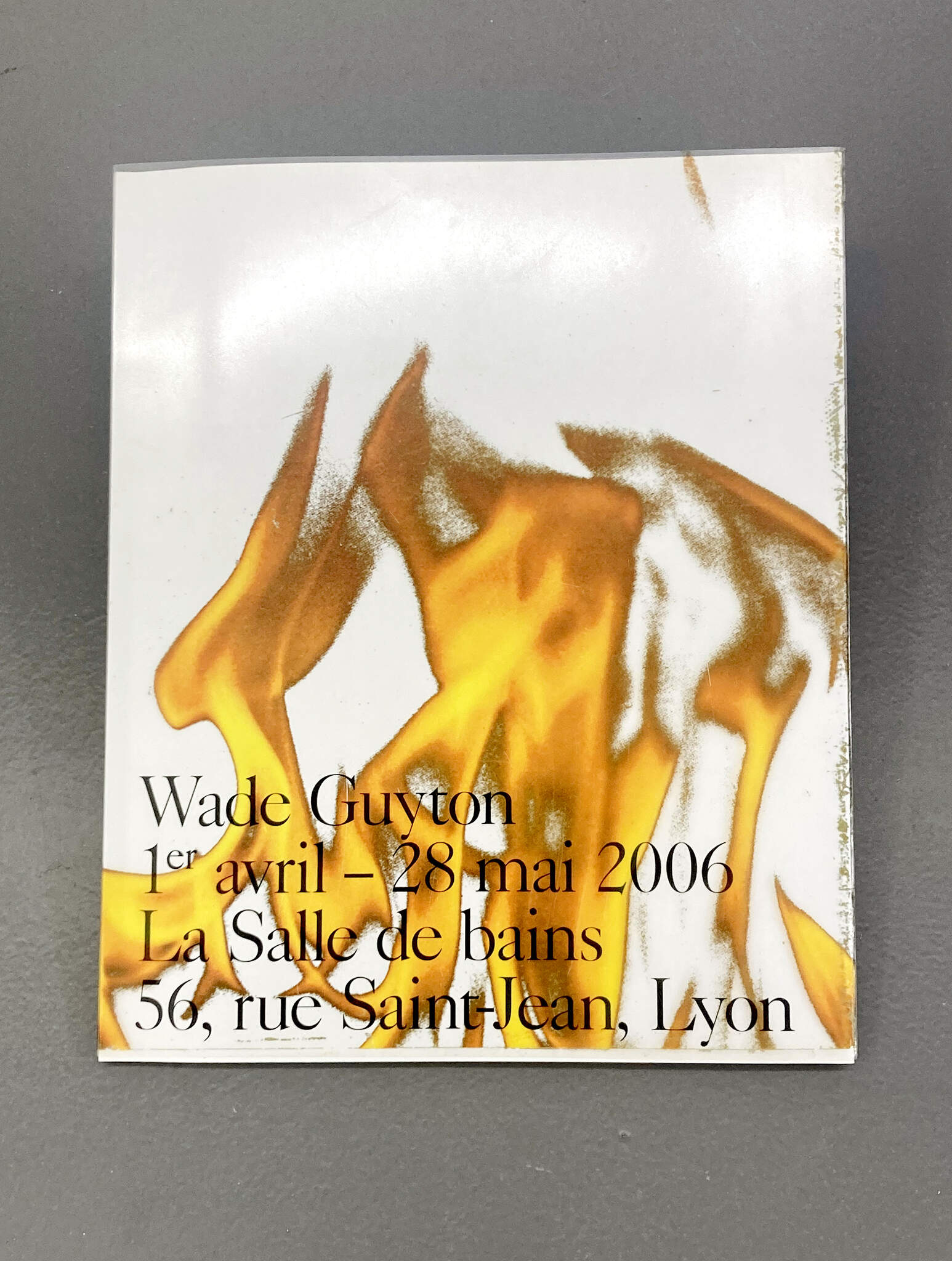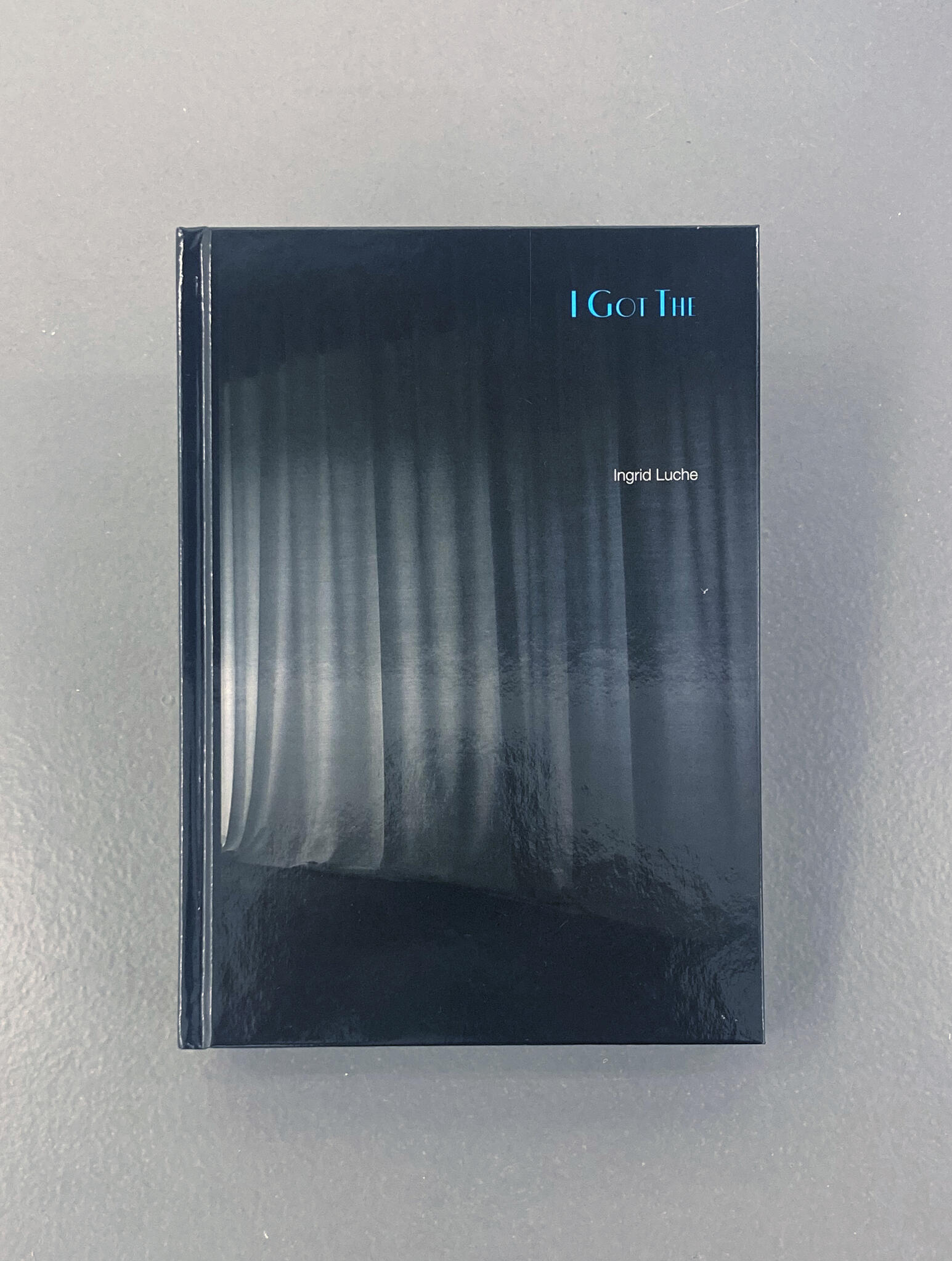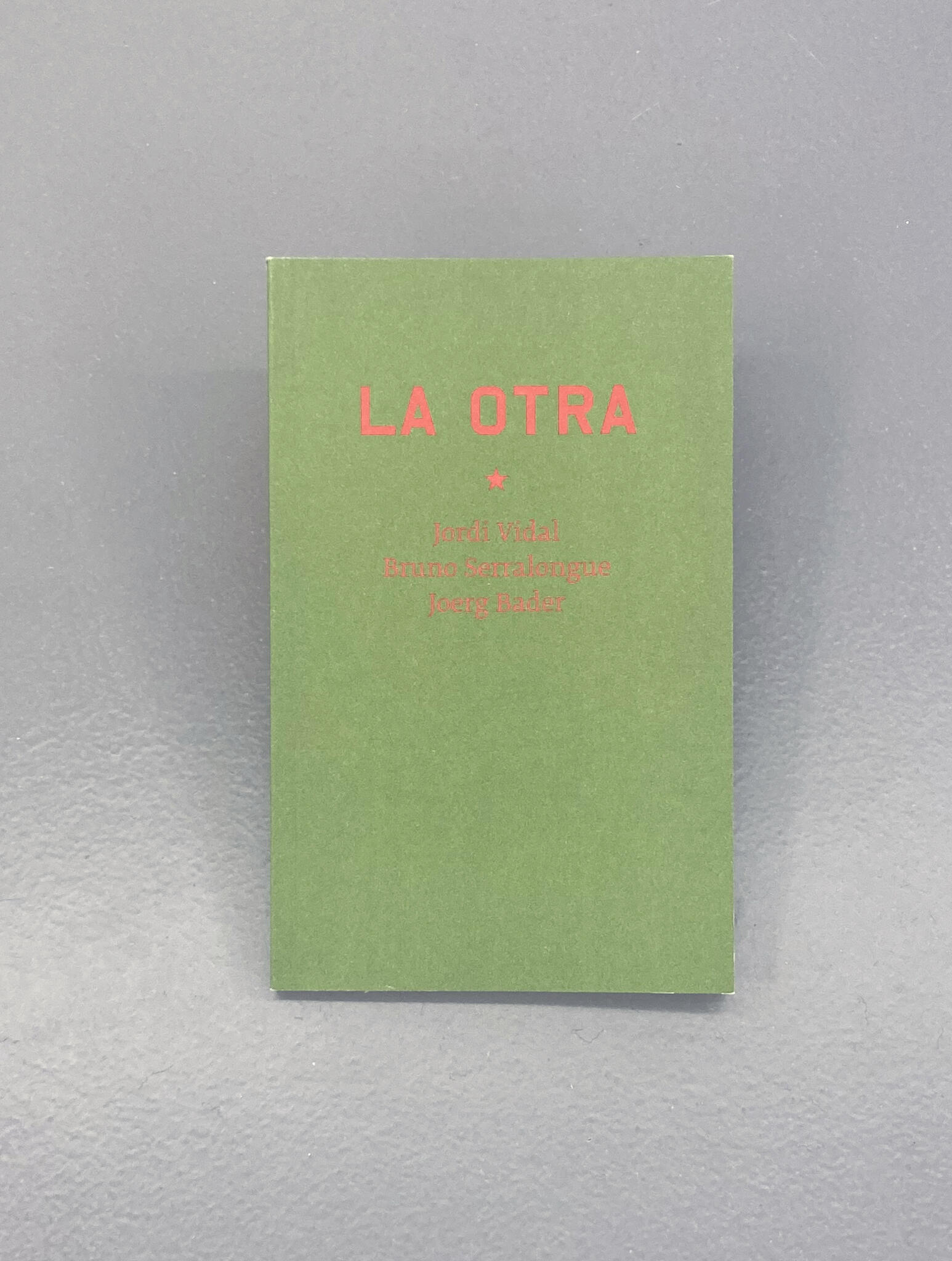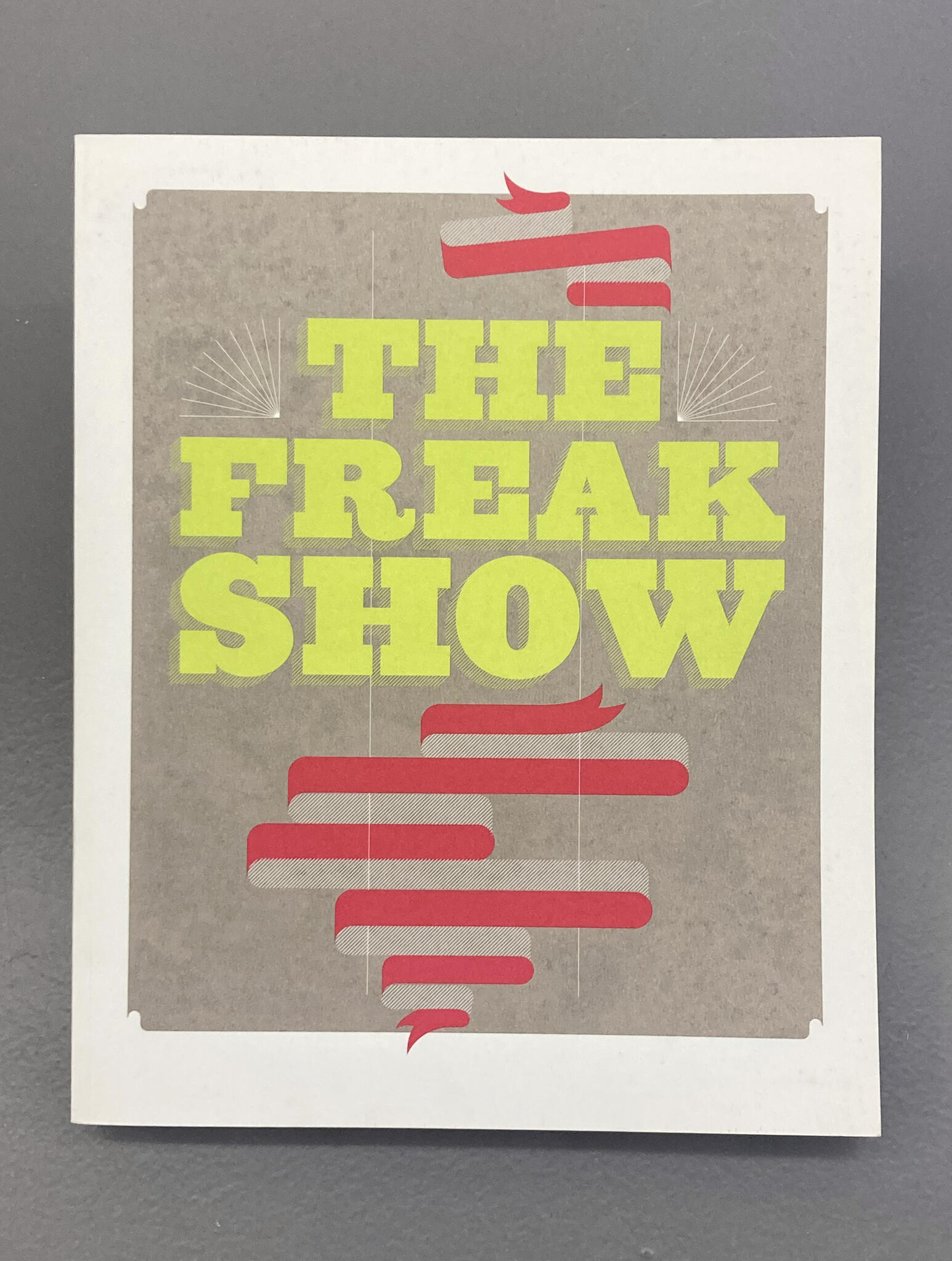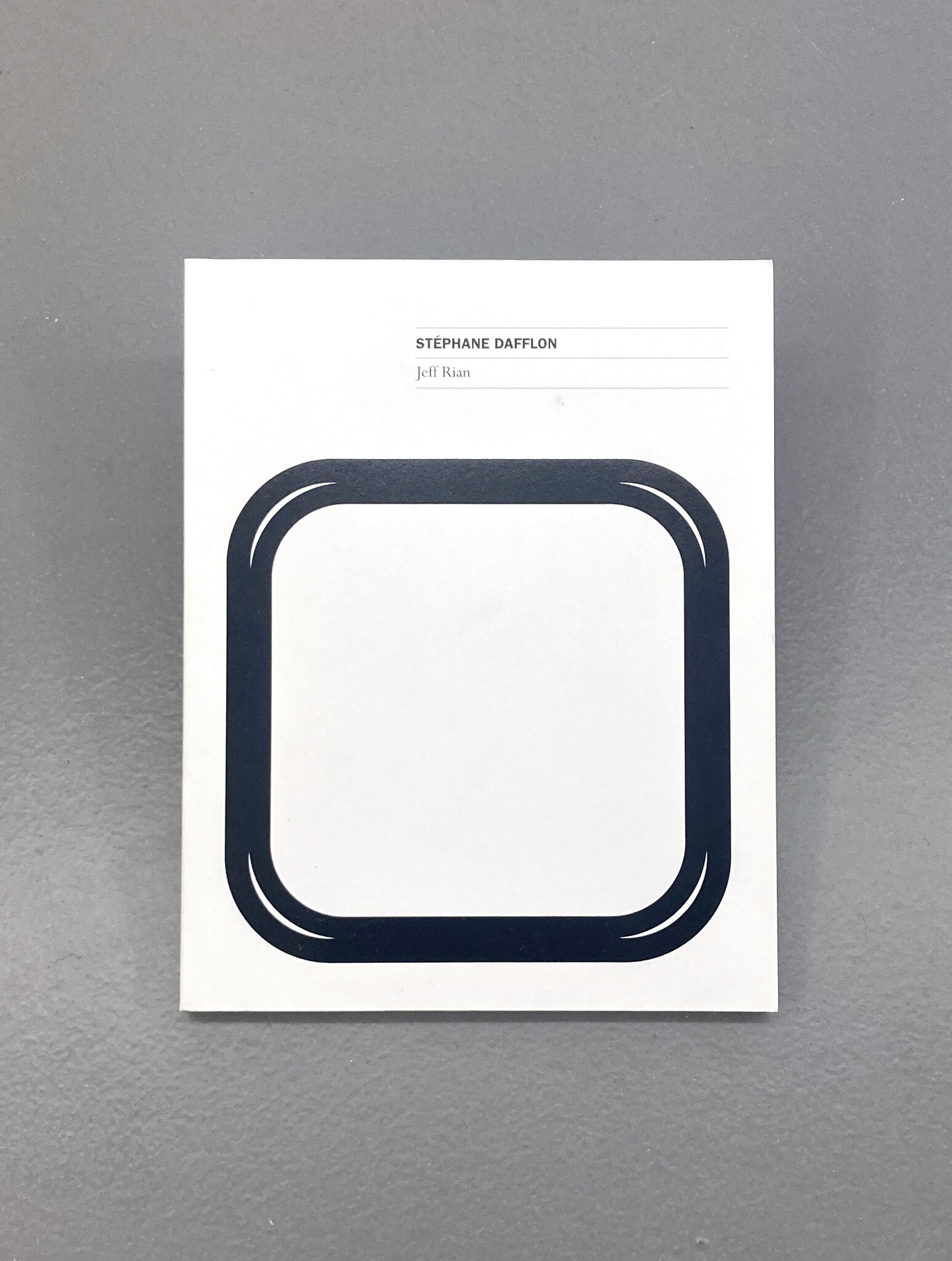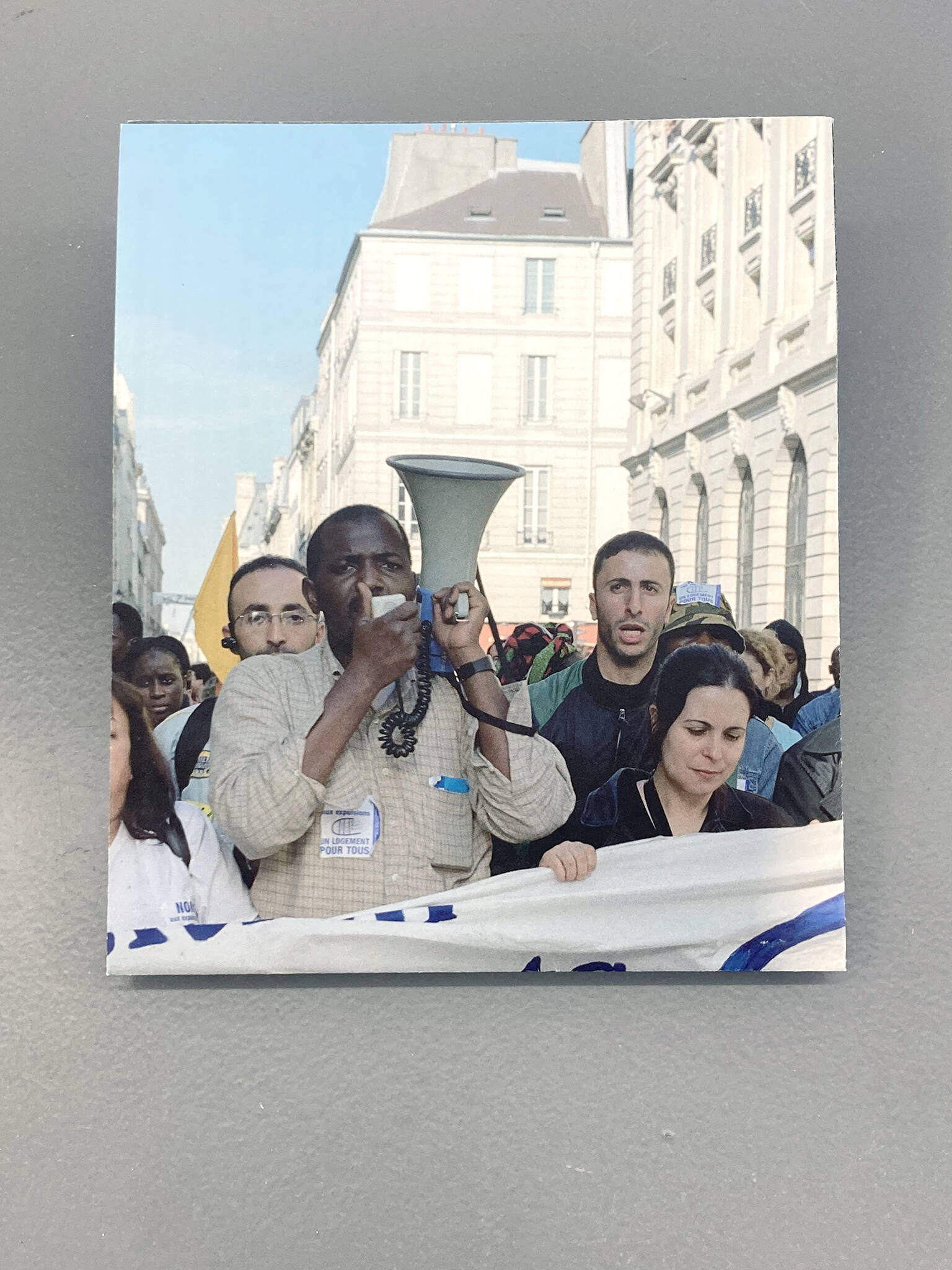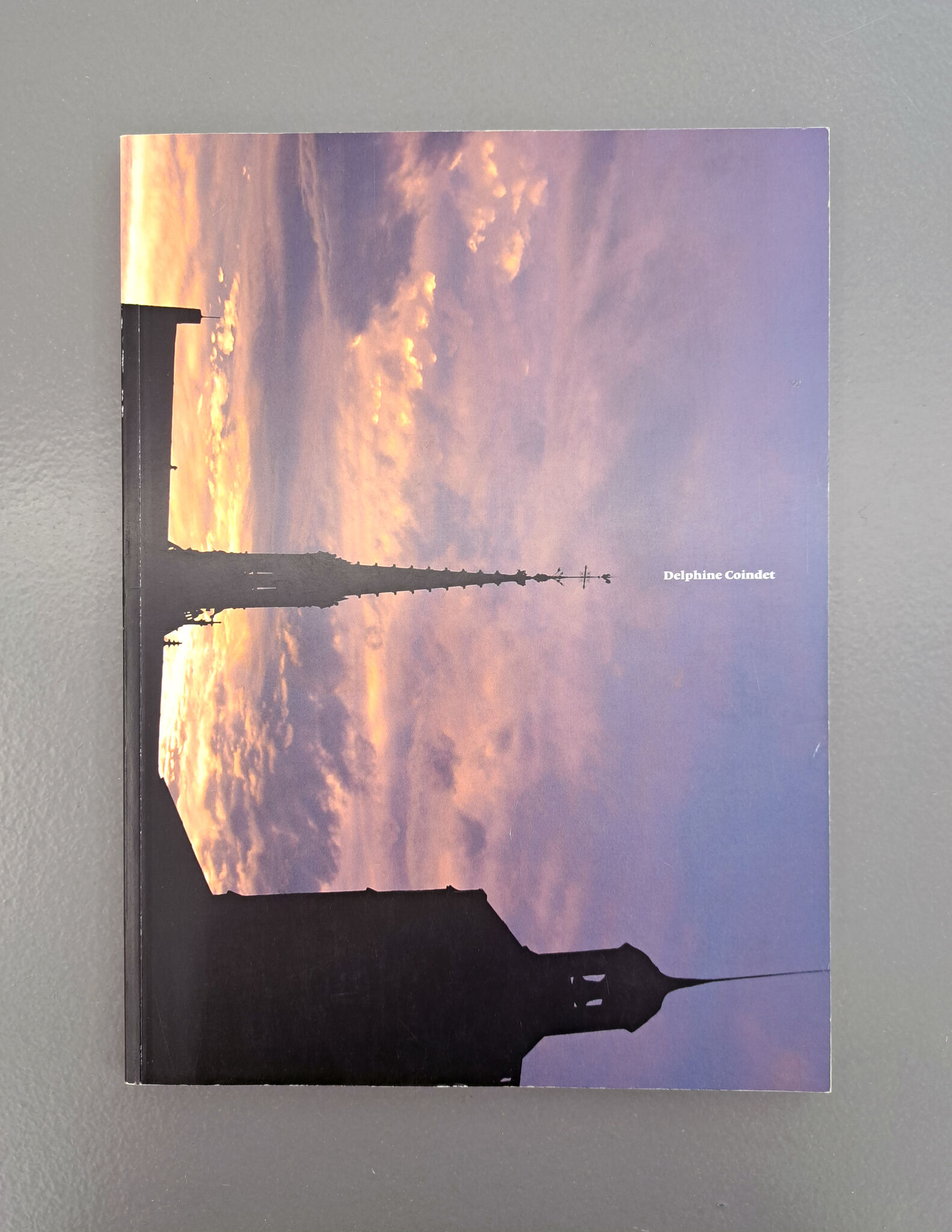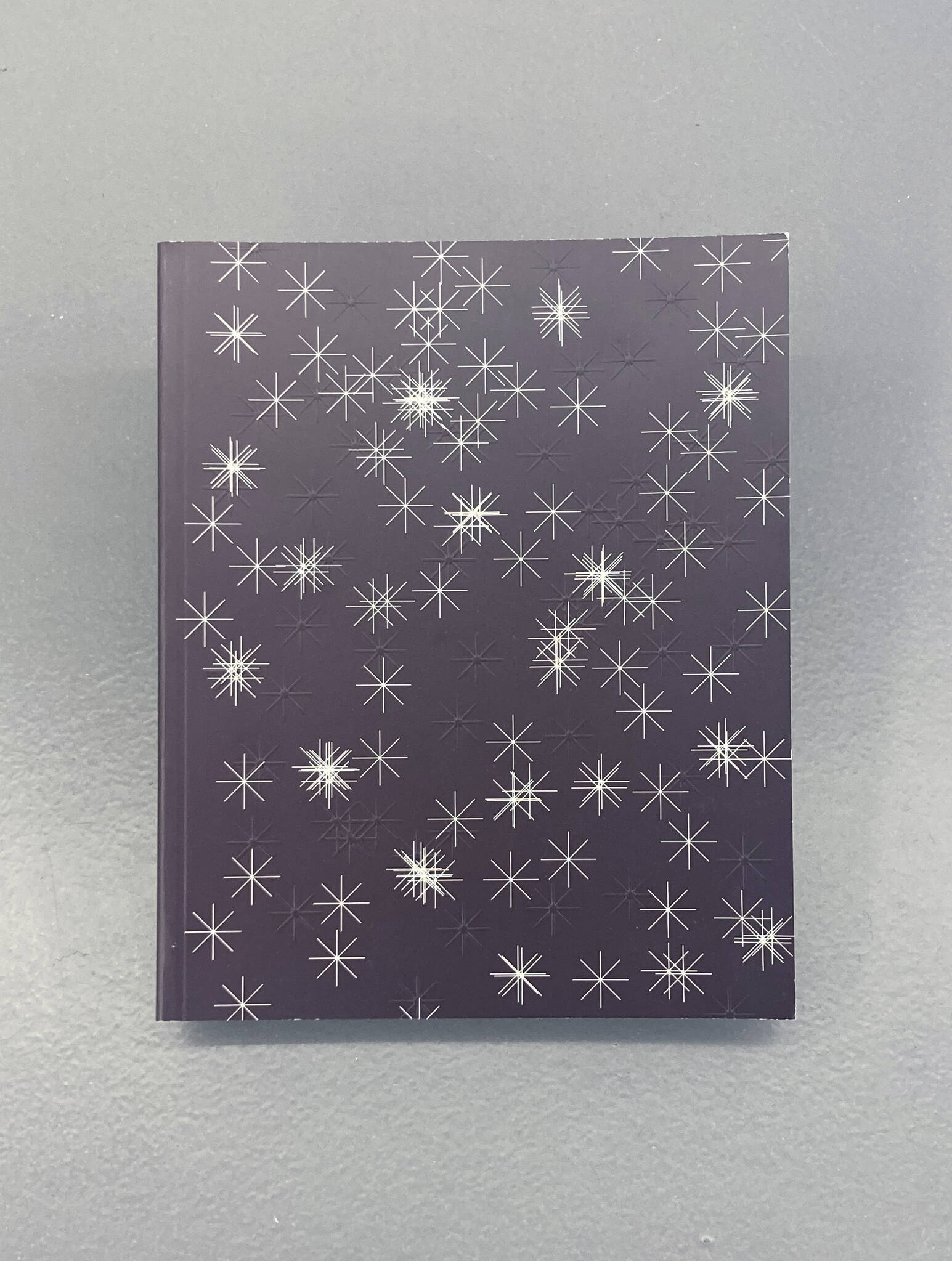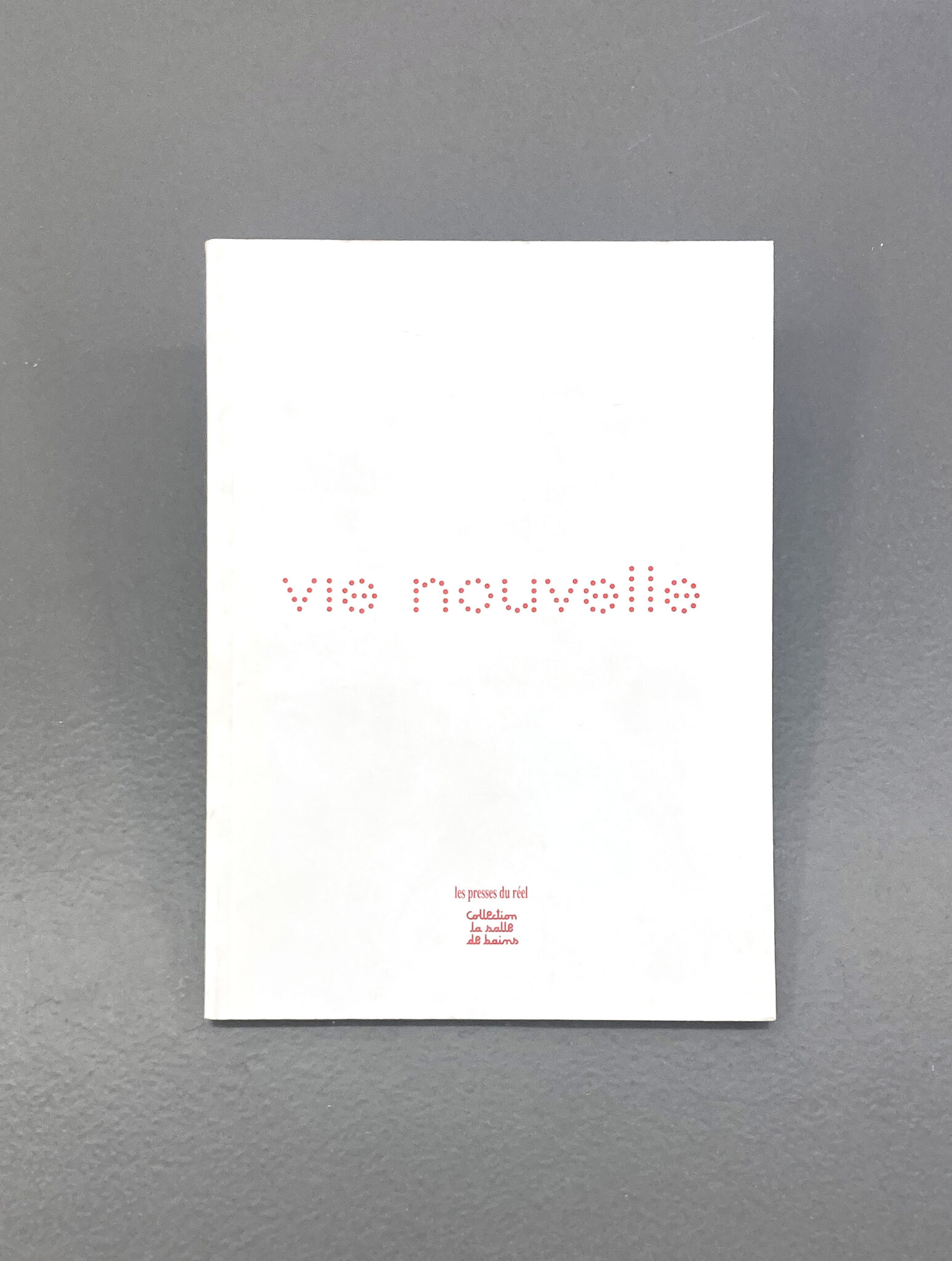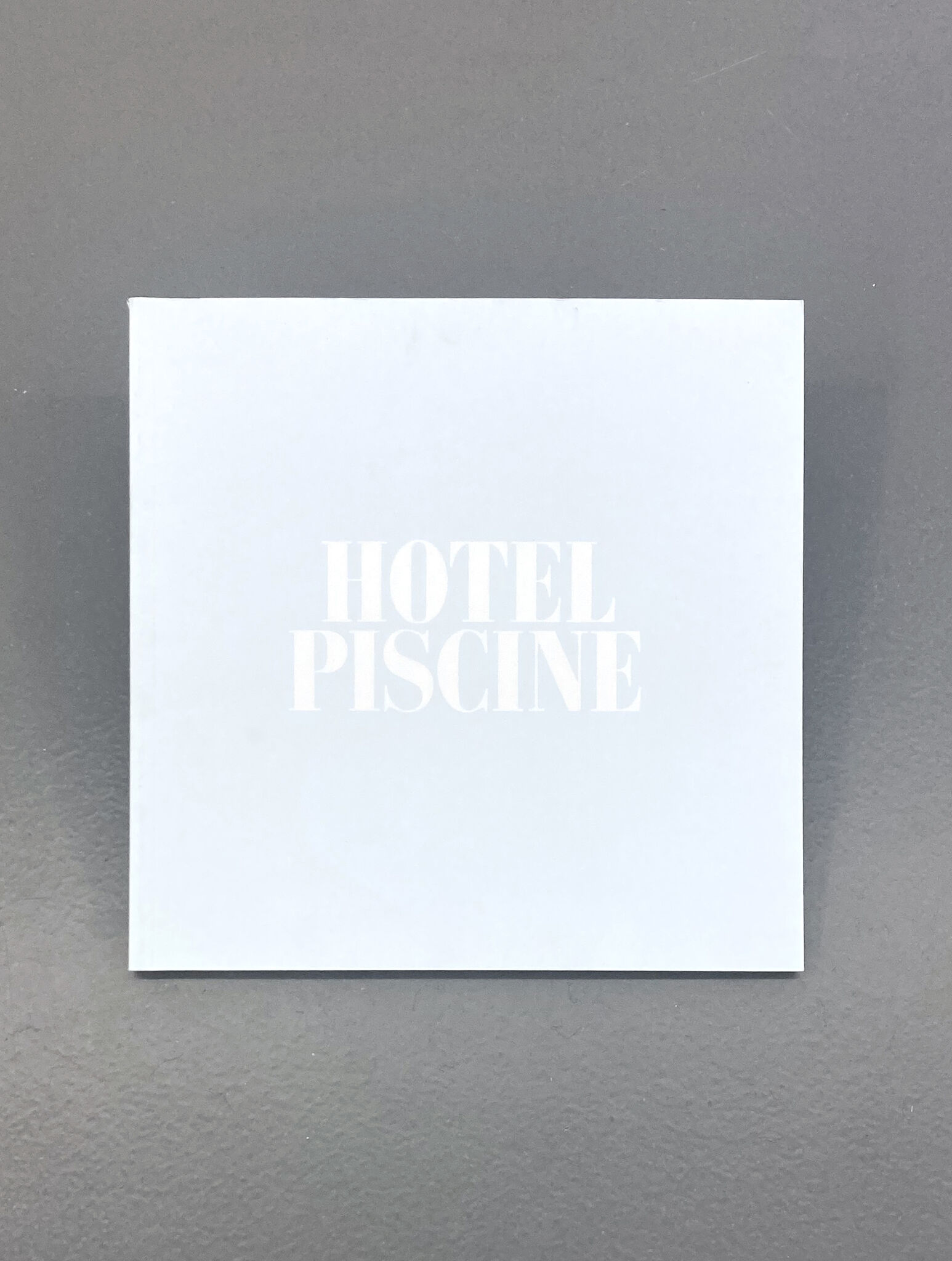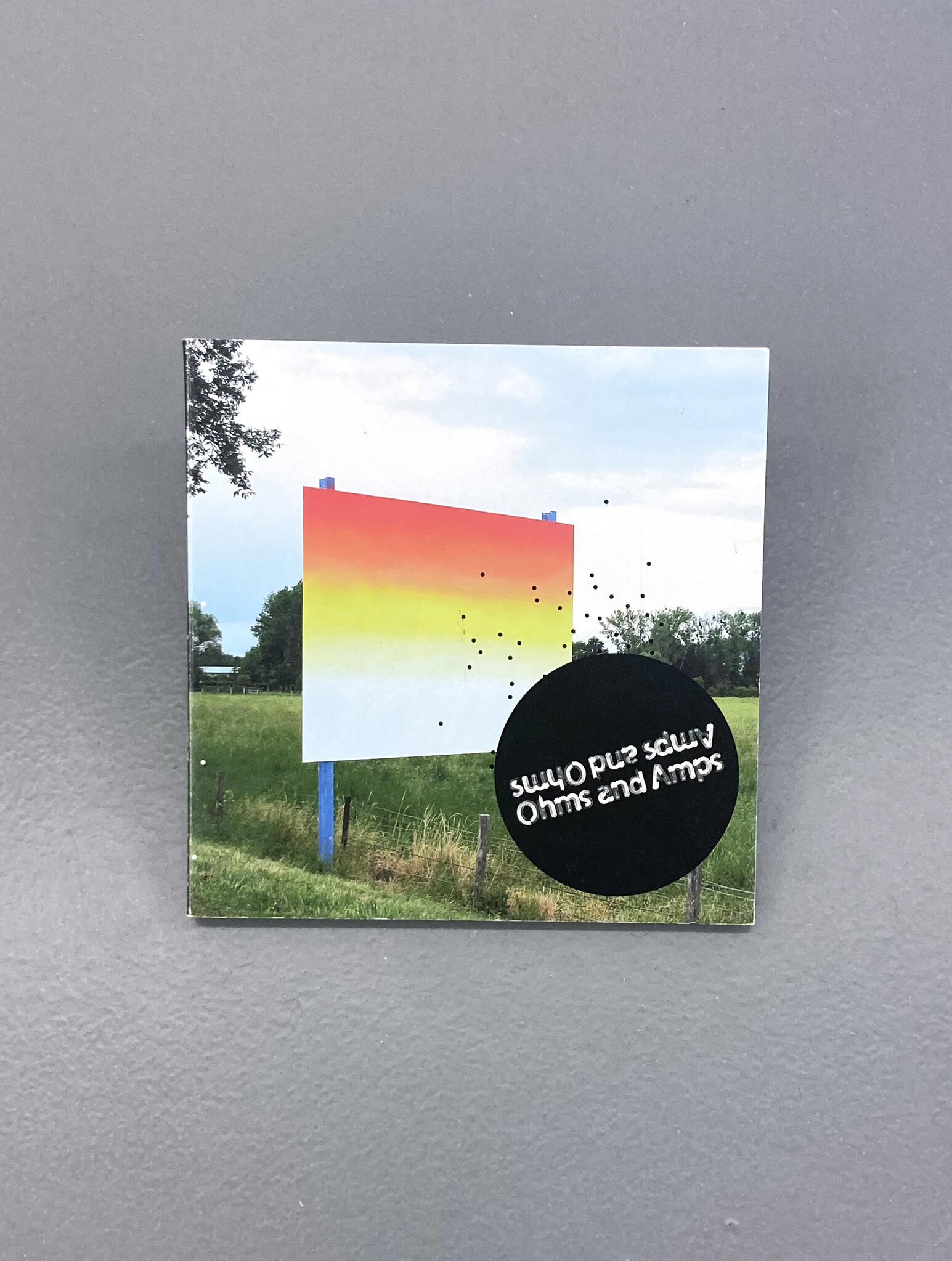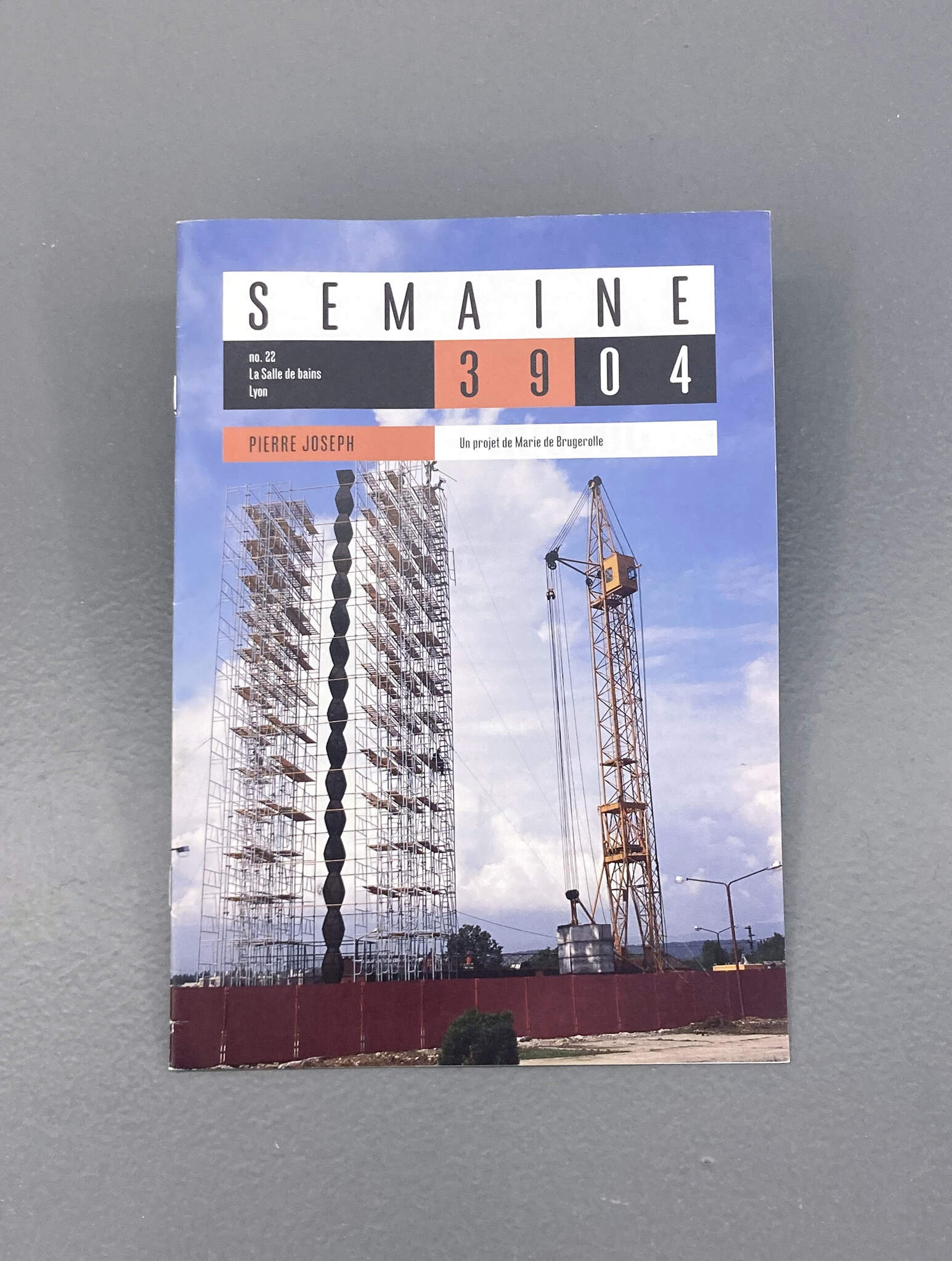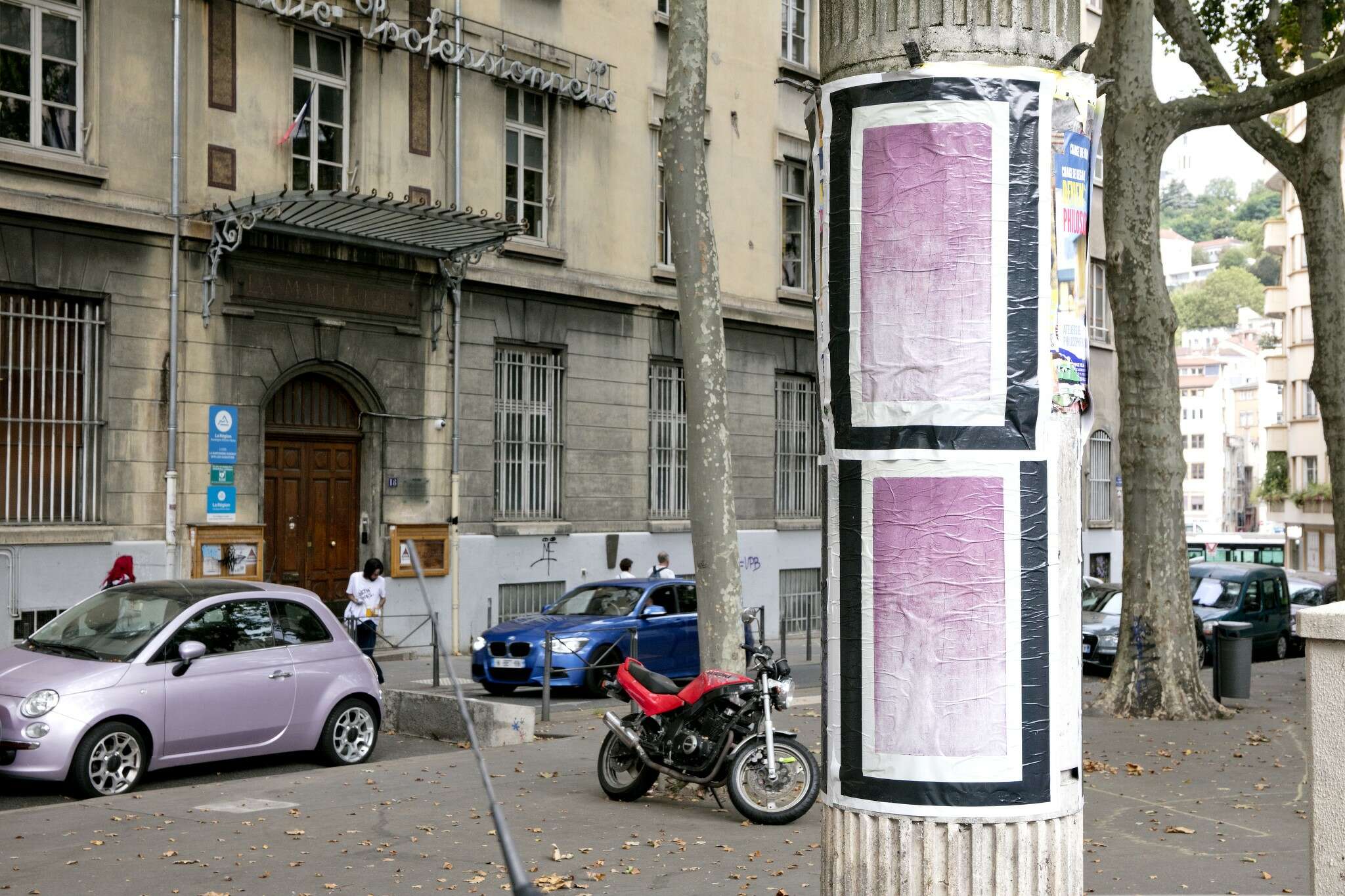


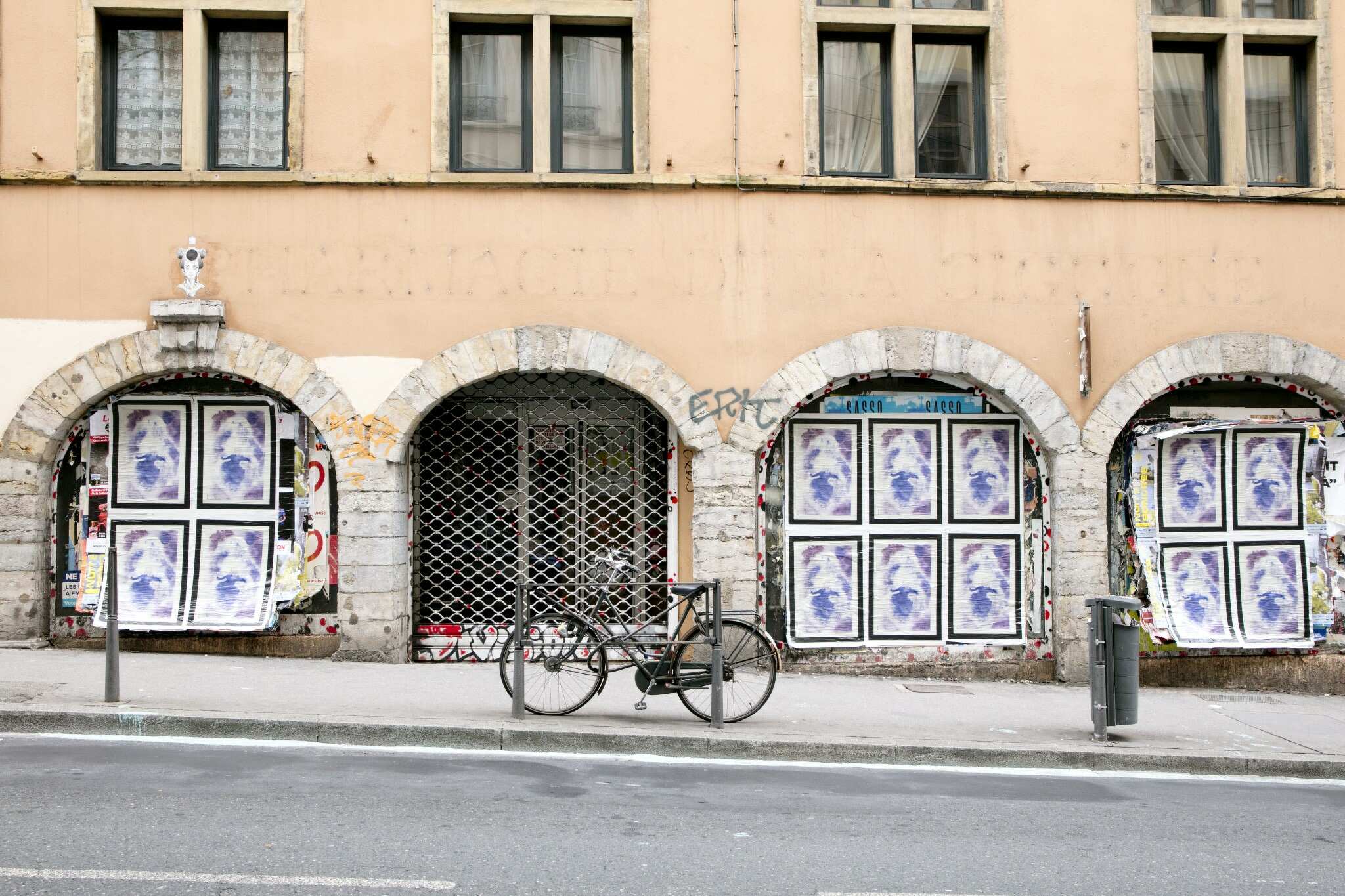
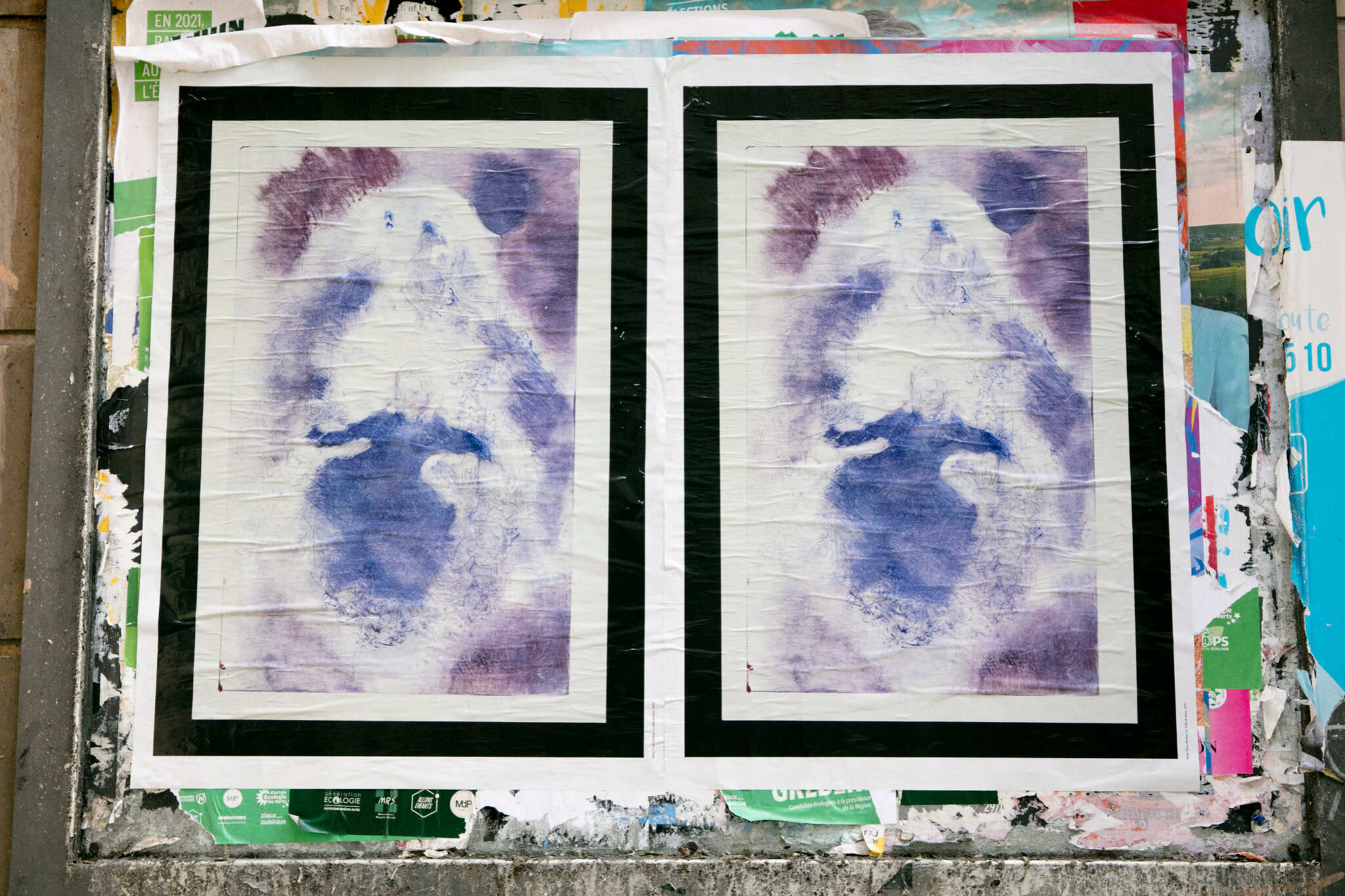

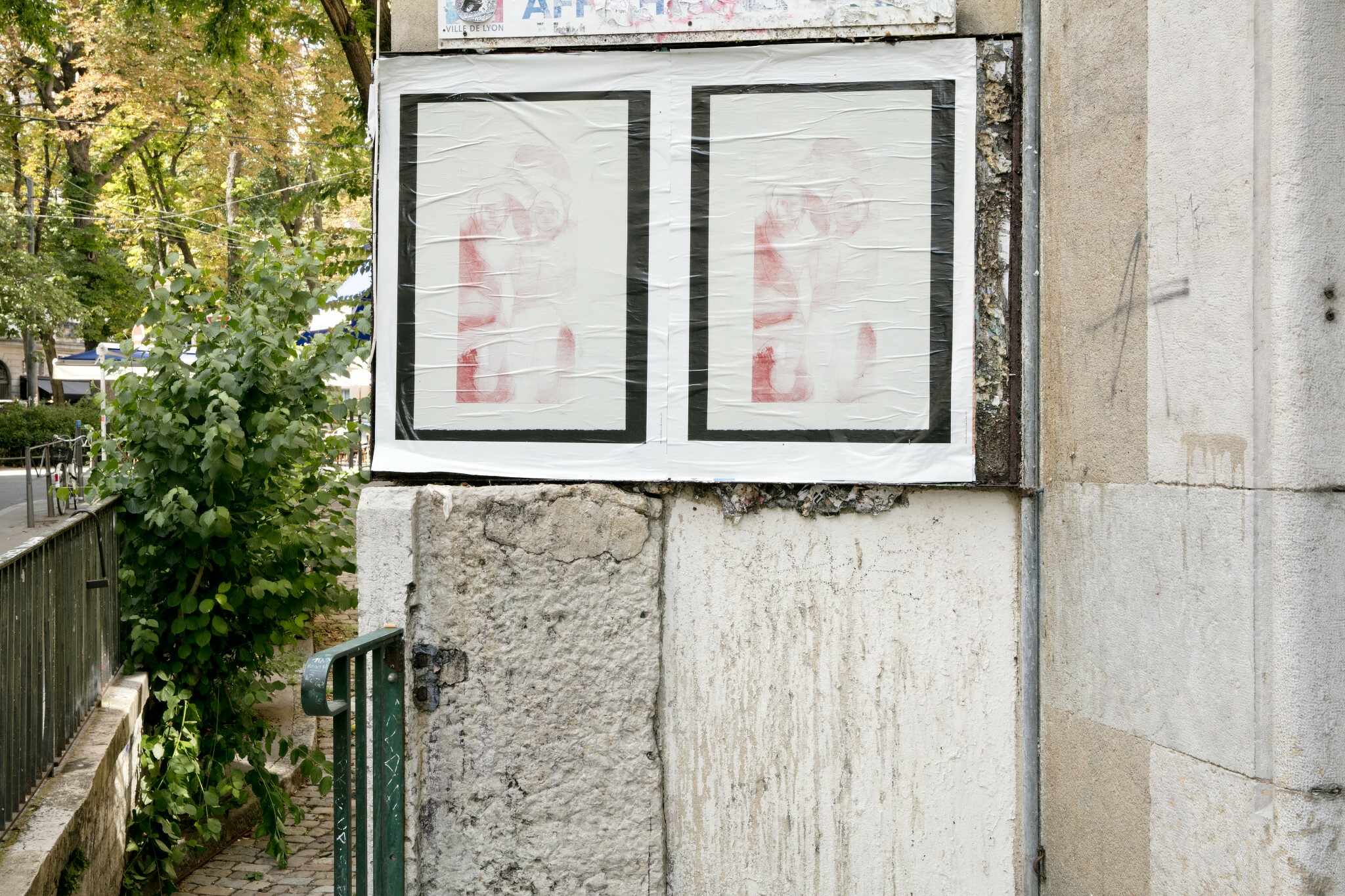
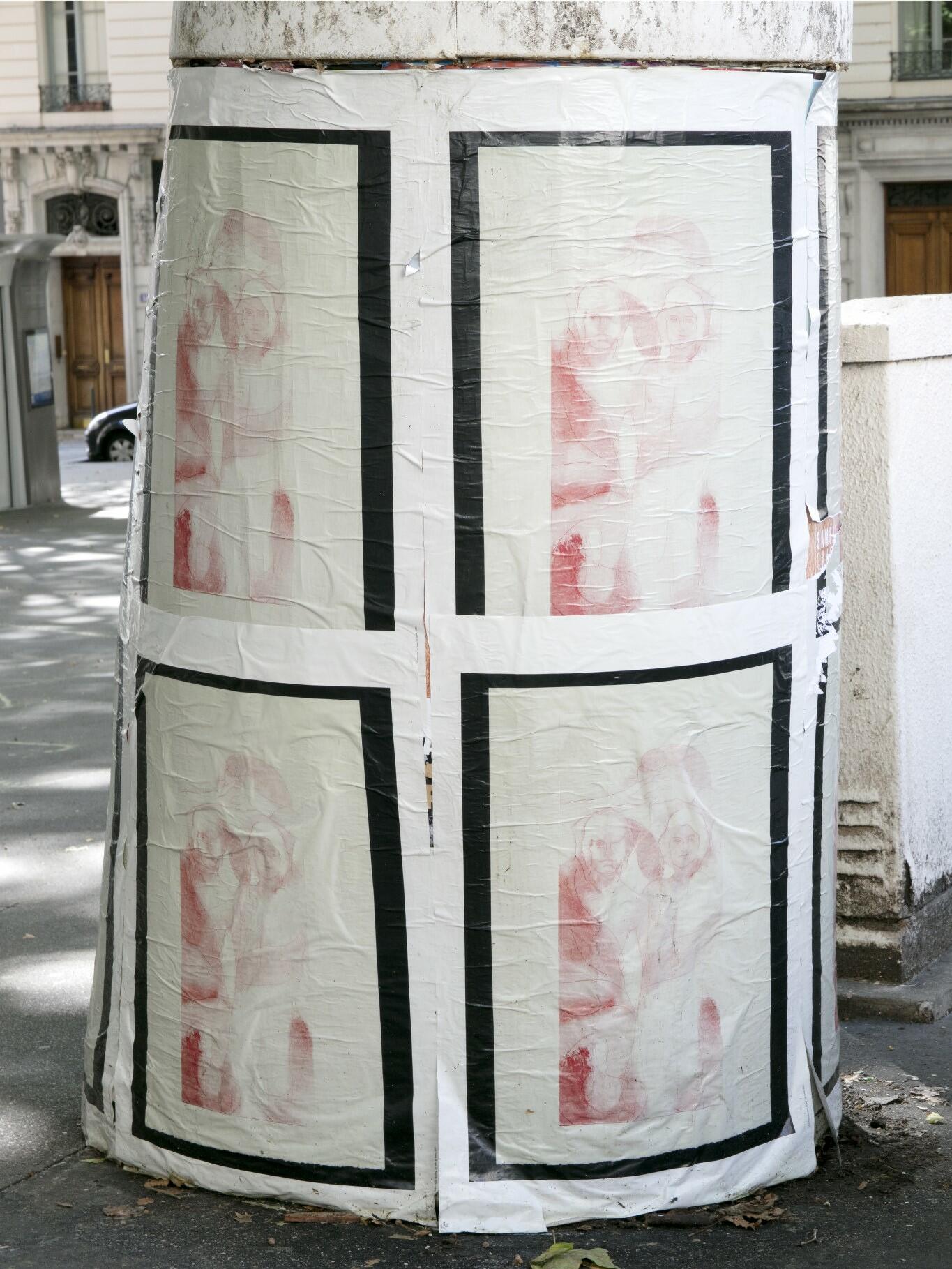
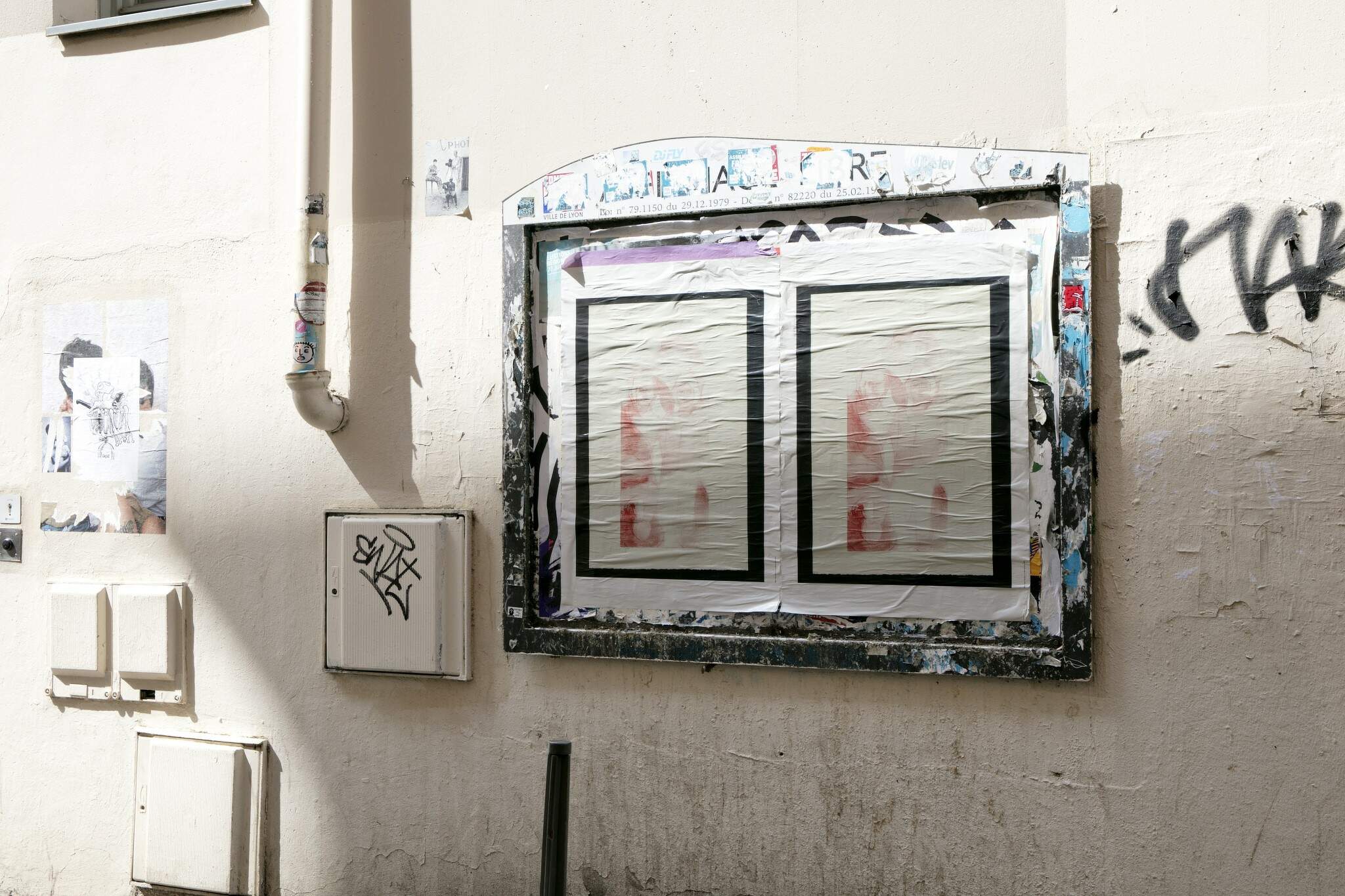
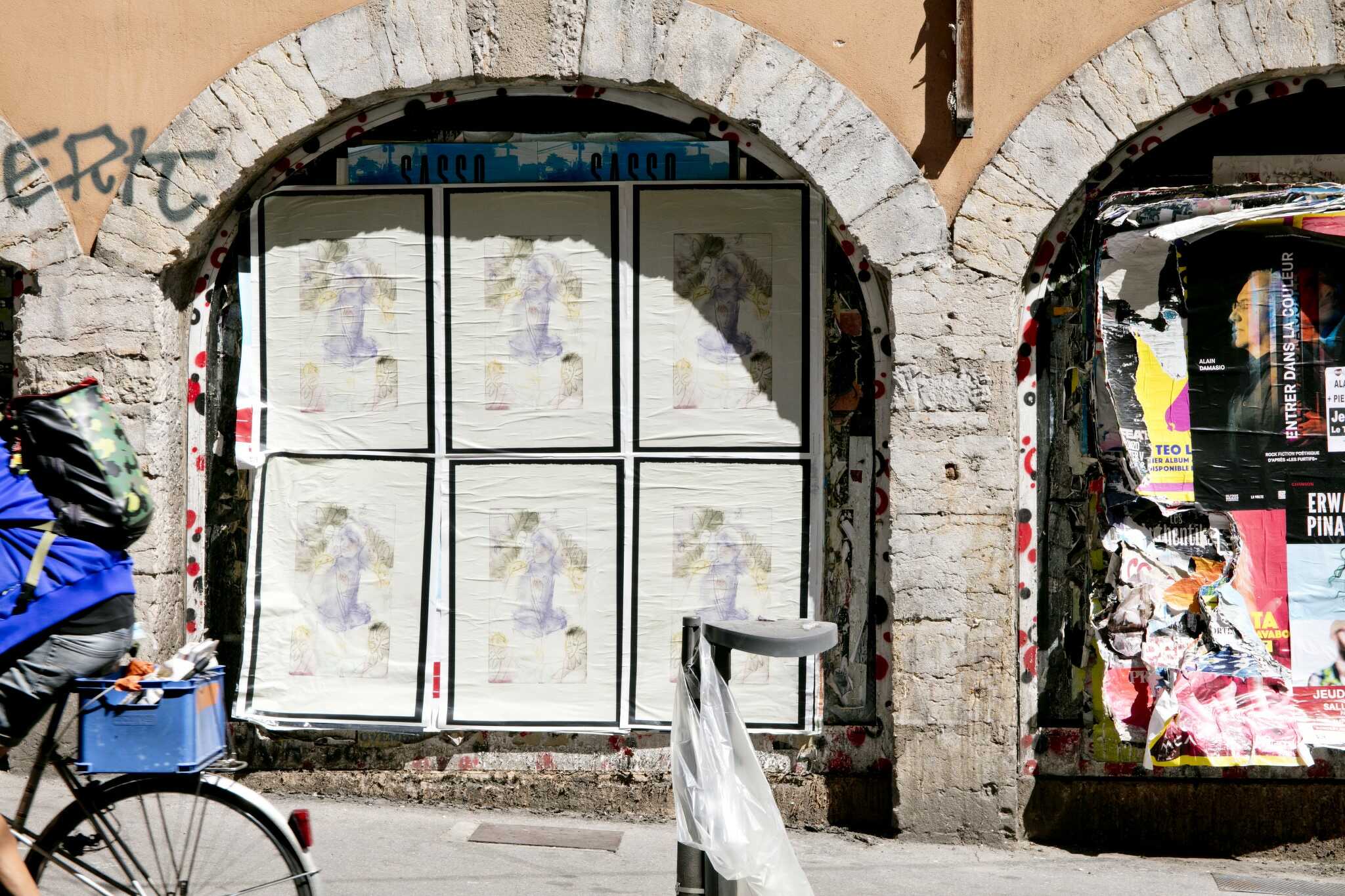
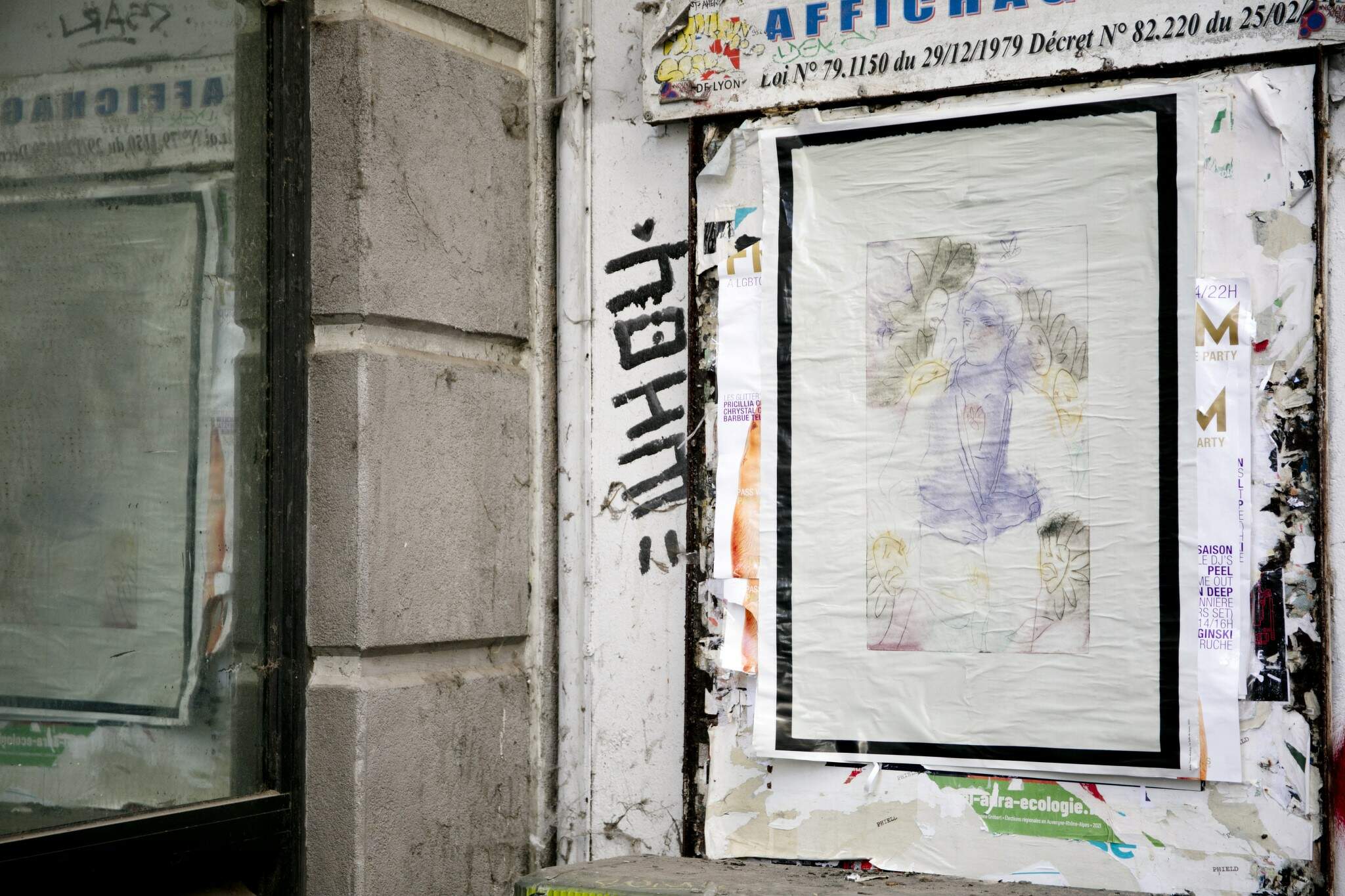
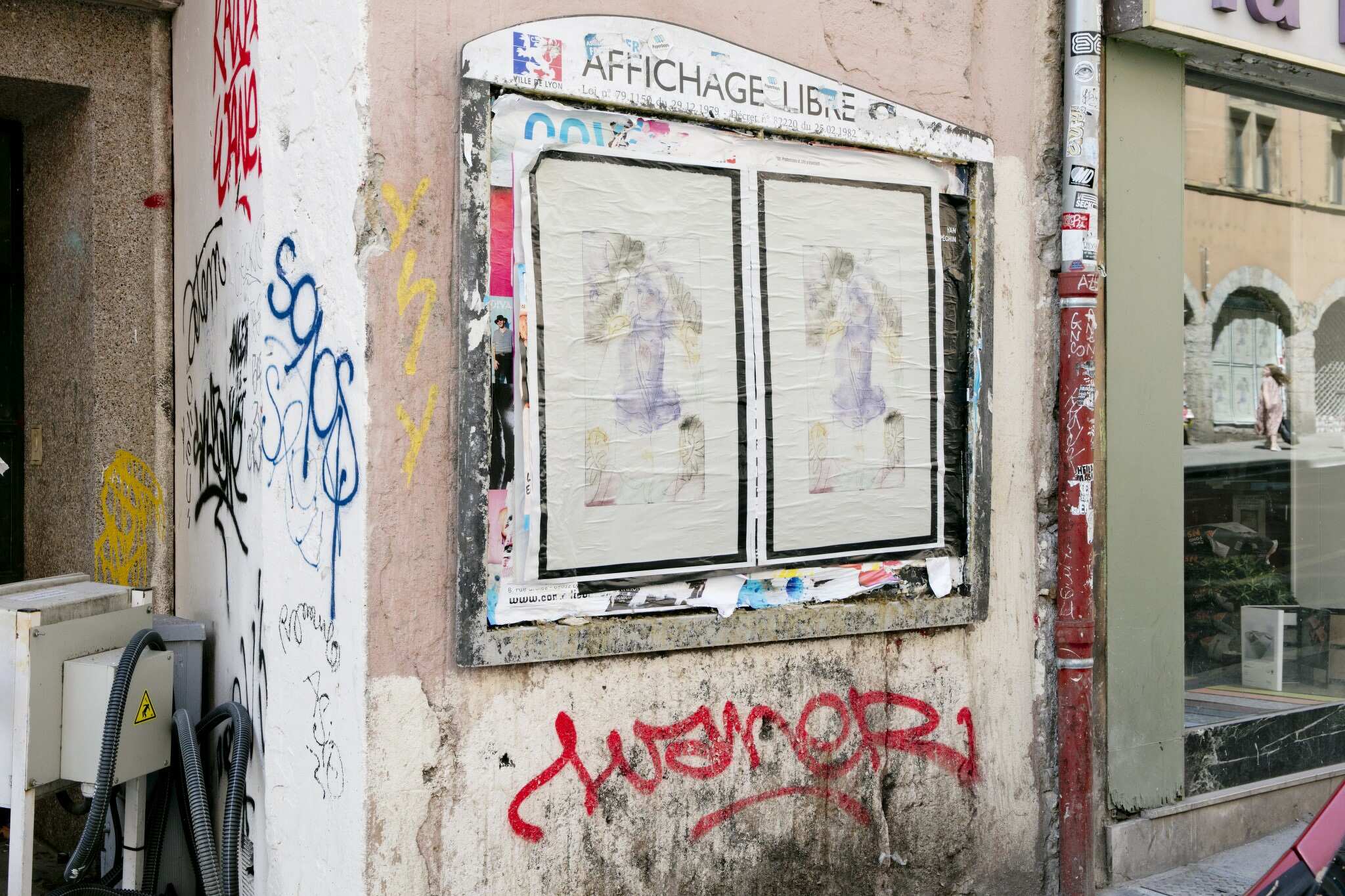
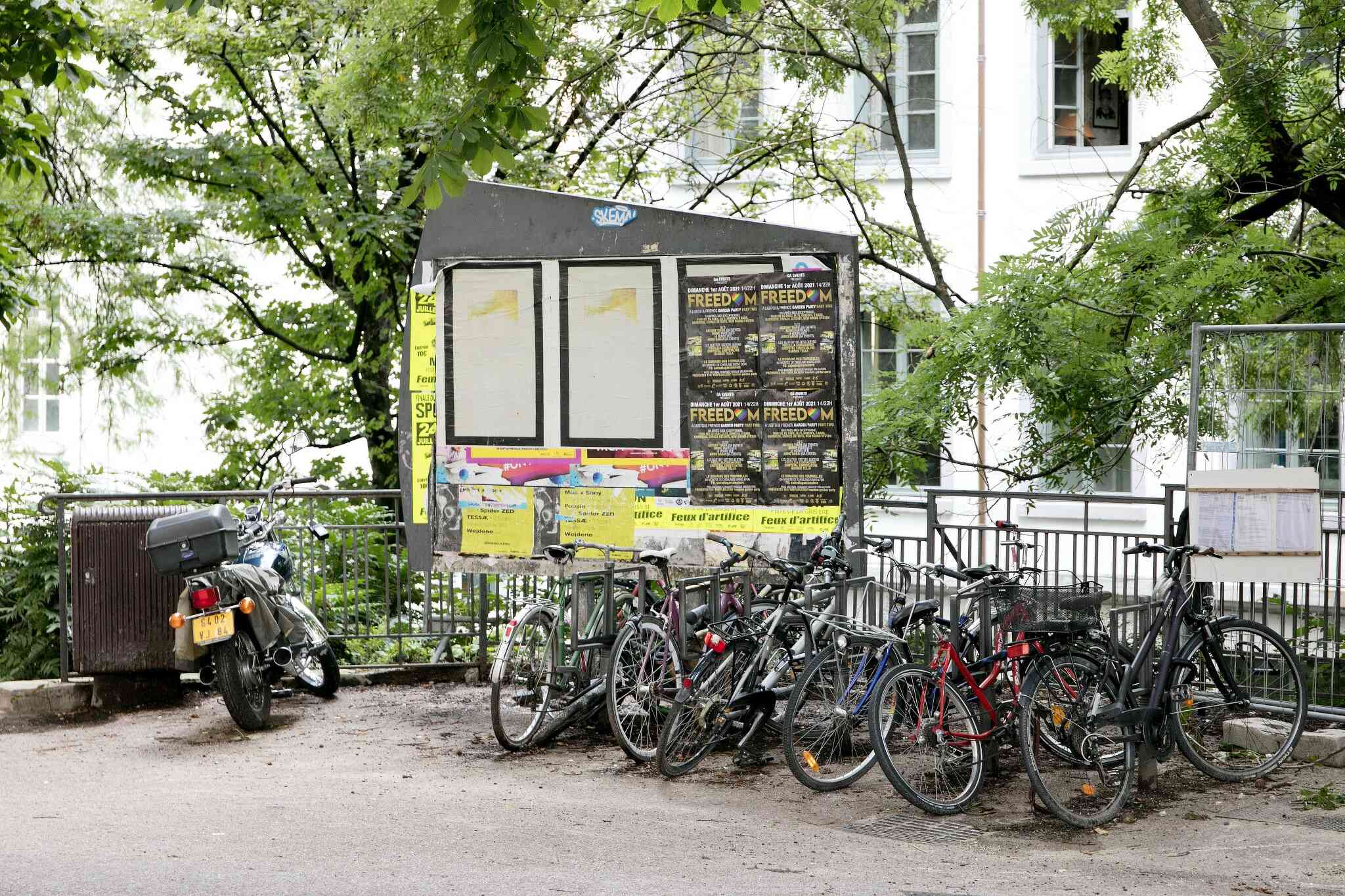

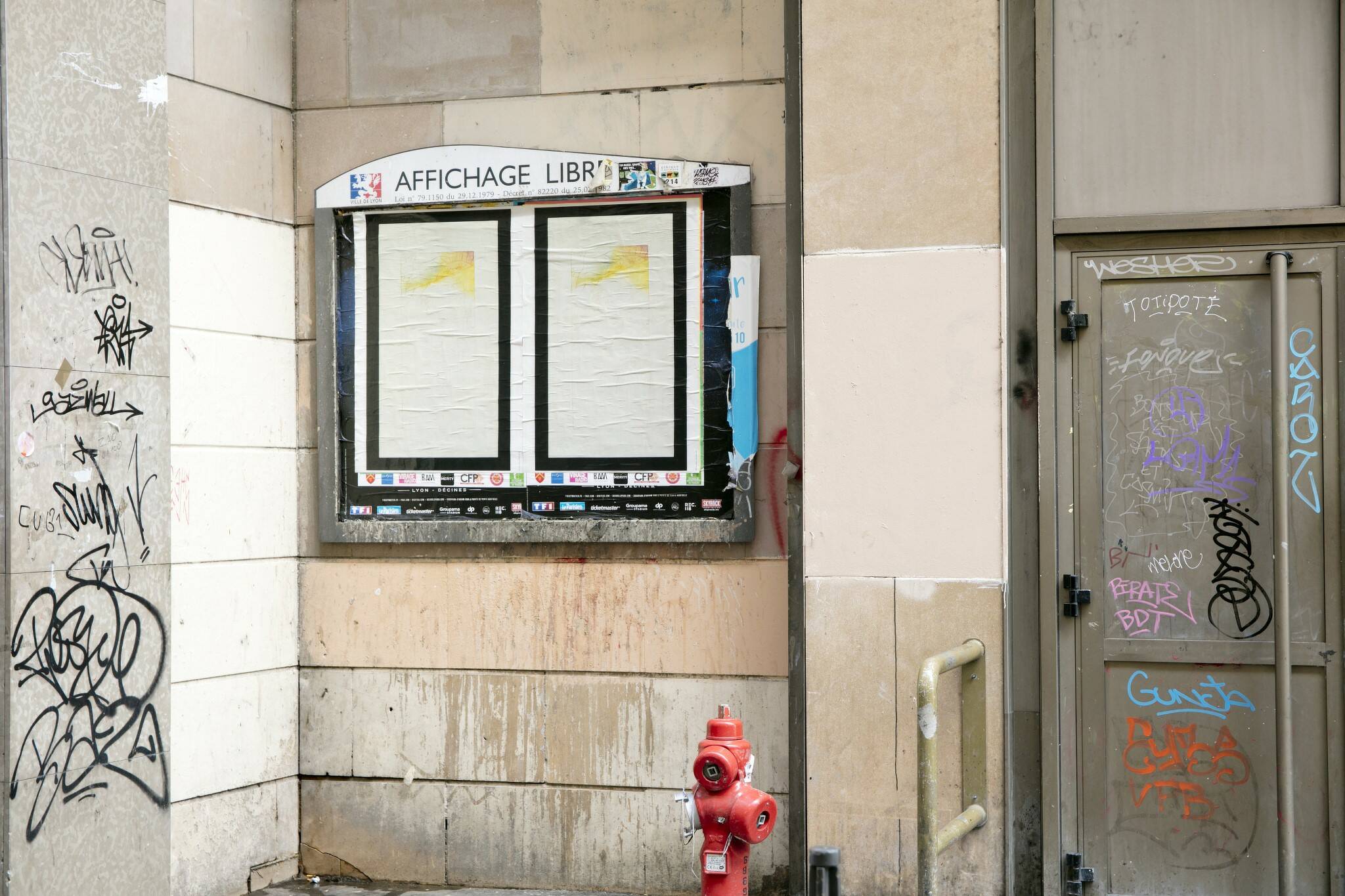
Babe, Fiona Mackay, panneaux d'affichage libre du premier arrondissement de Lyon, aux alentours de la Salle de bains. Eté 2021.
Photo: Jesús Alberto Benítez
Photo: Jesús Alberto Benítez
Babe, Fiona Mackay, free billboards of Lyon’s 1st Arrondissement close to la Salle de bains. Summer 2021.
Photo: Jesús Alberto Benítez
Photo: Jesús Alberto Benítez
Babe
Du 9 juillet au 9 septembre 2021From 9 July to 9 September 2021
F,
Lors de notre dernier appel, je t’ai demandé ce que tu allais faire pendant l’été. Surprise, tu t’es exclamée : « Je vais travailler sur l’expo, je ne fais que travailler sur l’expo ! ». Alors tu m’as parlé de ton nouvel atelier sur les hauteurs de Marseille, de ses grandes fenêtres. « Heureusement, elles ne donnent pas sur la ville, ça m’offrirait trop de distractions ». Comme à chaque fois, cette conversation avait commencé au sujet du temps qu’il fait, « est-ce que c’est agréable ? ».
Je dois dire que cette vision me plait : l’artiste absorbée par son travail, dans son studio haut perché et tourné vers la mer, pendant qu’ici (bas), chaque semaine, dans les rues brûlantes, apparaitront sur de grands posters ses images énigmatiques. Ce n’est pas tant pour le mythe de l’artiste romantique que cela convoque, mais plutôt pour observer encore que de petits dérèglements du temps et des usages de l’espace (en particulier, de l’exposition) peuvent exciter l’imaginaire et même donner le présage d’un léger ébranlement. Et puis cela t’attribue un rôle un peu plus suspect, accentuant le caractère prémédité de cette affaire, je veux dire, l’exposition.
Dans un premier temps, donc, l’espace sera vide, puis fermé, comme à l’habitude, au mois d’août. L’exposition aura commencé le même jour et au même endroit où elle aurait été d’ordinaire annoncée : sur les panneaux d’affichage libre du 1er arrondissement de Lyon. Elle s’y déroulera pendant tout l’été, comme une campagne de communication au ralenti, jusqu’à l’ouverture de la deuxième partie de l’exposition, à la rentrée de septembre. Alors que ce projet a été retardé par la période de fermeture des lieux culturels, tu as donc profité de la réouverture des espaces d’exposition pour affirmer ton choix de présenter ton travail dans l’espace public. Là, il va se mêler aux affiches qui, dans le quartier, témoignent de la reprise des activités culturelles, associatives, militantes. Là il ne sera accompagné d’aucun discours, encadré par aucun contexte qui le désigne (ni le protège) en tant qu’art. En quelques sortes, ces images vivront leur vie ici pendant que tu seras là bas, dans ton atelier, là où, justement, les dessins adviennent, dans l’intimité des pensées, dans l’immédiateté du trait, là où tu as sélectionné et photographié ces cinq gravures agrandies sur ces posters, avec la mise à distance qu’un tel procédé suppose. Ainsi seront-elles libres, ces images proposées au regard des flâneur·euse·s des jours de canicule, de raconter les histoires dont elles semblent renfermer des bribes, des épisodes incomplets.
Cela commence comme la page de garde d’un roman gothique et un peu à l’eau de rose. Y figure une jeune femme assoupie dans un fauteuil en pierre ouvragé. Le fourmillement de motifs tracés à la pointe sèche qui encadre l’image pourrait être la manifestation d’une intense activité psychique dont les deux énormes paons mâles perchés sur le dossier pourraient donner l’humeur.
J.
Lors de notre dernier appel, je t’ai demandé ce que tu allais faire pendant l’été. Surprise, tu t’es exclamée : « Je vais travailler sur l’expo, je ne fais que travailler sur l’expo ! ». Alors tu m’as parlé de ton nouvel atelier sur les hauteurs de Marseille, de ses grandes fenêtres. « Heureusement, elles ne donnent pas sur la ville, ça m’offrirait trop de distractions ». Comme à chaque fois, cette conversation avait commencé au sujet du temps qu’il fait, « est-ce que c’est agréable ? ».
Je dois dire que cette vision me plait : l’artiste absorbée par son travail, dans son studio haut perché et tourné vers la mer, pendant qu’ici (bas), chaque semaine, dans les rues brûlantes, apparaitront sur de grands posters ses images énigmatiques. Ce n’est pas tant pour le mythe de l’artiste romantique que cela convoque, mais plutôt pour observer encore que de petits dérèglements du temps et des usages de l’espace (en particulier, de l’exposition) peuvent exciter l’imaginaire et même donner le présage d’un léger ébranlement. Et puis cela t’attribue un rôle un peu plus suspect, accentuant le caractère prémédité de cette affaire, je veux dire, l’exposition.
Dans un premier temps, donc, l’espace sera vide, puis fermé, comme à l’habitude, au mois d’août. L’exposition aura commencé le même jour et au même endroit où elle aurait été d’ordinaire annoncée : sur les panneaux d’affichage libre du 1er arrondissement de Lyon. Elle s’y déroulera pendant tout l’été, comme une campagne de communication au ralenti, jusqu’à l’ouverture de la deuxième partie de l’exposition, à la rentrée de septembre. Alors que ce projet a été retardé par la période de fermeture des lieux culturels, tu as donc profité de la réouverture des espaces d’exposition pour affirmer ton choix de présenter ton travail dans l’espace public. Là, il va se mêler aux affiches qui, dans le quartier, témoignent de la reprise des activités culturelles, associatives, militantes. Là il ne sera accompagné d’aucun discours, encadré par aucun contexte qui le désigne (ni le protège) en tant qu’art. En quelques sortes, ces images vivront leur vie ici pendant que tu seras là bas, dans ton atelier, là où, justement, les dessins adviennent, dans l’intimité des pensées, dans l’immédiateté du trait, là où tu as sélectionné et photographié ces cinq gravures agrandies sur ces posters, avec la mise à distance qu’un tel procédé suppose. Ainsi seront-elles libres, ces images proposées au regard des flâneur·euse·s des jours de canicule, de raconter les histoires dont elles semblent renfermer des bribes, des épisodes incomplets.
Cela commence comme la page de garde d’un roman gothique et un peu à l’eau de rose. Y figure une jeune femme assoupie dans un fauteuil en pierre ouvragé. Le fourmillement de motifs tracés à la pointe sèche qui encadre l’image pourrait être la manifestation d’une intense activité psychique dont les deux énormes paons mâles perchés sur le dossier pourraient donner l’humeur.
J.
F,
During our last call, I asked you what you were going to do during the summer. Surprised, you exclaimed, “I’m going to work on the show, that’s all I do, work on the show!” Then you told me about your new studio in the hills above Marseille and its great big windows. “Fortunately, they don’t look out on the city. That would offer too many distractions.” Like each of our conversations, this one began with the kind of weather we were having, “Is it nice out?”
I have to admit I like this view of things, the artist completely absorbed by her work in her studio perched high up and facing the sea, while here (down below), each week in the scorching streets her mysterious images appear on large posters. It’s not so much the myth of the Romantic artist that that conjures up. Rather, it’s for the observation that little malfunctionings of time and uses of space (in particular, of the exhibition) can excite the imagination and even presage a slight shake-up. And then that assigns to you a slightly more suspicious role, stressing the premeditated character of this affair, I mean this exhibition.
So initially the space will be empty, then closed in August, as usual. The show will begin the same day and in the same place where it would normally have been announced, i.e., on the free billboards of Lyon’s 1st Arrondissement. It will run there for the whole summer, like a communications campaign in slow motion, until the second part of the show opens in early September at the beginning of the new fall season. Although this project was initially postponed because of the closing of cultural sites, you have taken advantage of the reopening of exhibition venues to reaffirm your decision to display your work in public. There, in that particular space it will be mixed in with posters and billboards that make plain the resumption of cultural, community and militant activities in the neighborhood. And there will be no accompanying discourse, no framing context indicating (and protecting) as artwork what you put up. In a way, these images will live their lives here as it were while you’ll be over in your studio, precisely where the drawings happen in the intimacy of your thoughts and the immediacy of the line drawing, exactly in that place where you selected and photographed these five engravings which were enlarged on the posters, along with the distancing that such a process implies. These images then, offered up to the eyes of passers-by and those simply out for a stroll, will be free, during the dog days, to tell the stories they seem to harbor and reveal something in bits and pieces and incomplete episodes.
So it begins like the flyleaf of a romance novel, a work that is a touch slushy, mushy, and sentimentally gushy. It features a young woman lounging in finely worked stone seat. The mass of patterns done in dry point framing the image could be the manifestation of some intense psychological activity whose mood is transmitted perhaps by the two enormous peacocks perched on the back of this armchair.
J.
translation: John O'Toole
During our last call, I asked you what you were going to do during the summer. Surprised, you exclaimed, “I’m going to work on the show, that’s all I do, work on the show!” Then you told me about your new studio in the hills above Marseille and its great big windows. “Fortunately, they don’t look out on the city. That would offer too many distractions.” Like each of our conversations, this one began with the kind of weather we were having, “Is it nice out?”
I have to admit I like this view of things, the artist completely absorbed by her work in her studio perched high up and facing the sea, while here (down below), each week in the scorching streets her mysterious images appear on large posters. It’s not so much the myth of the Romantic artist that that conjures up. Rather, it’s for the observation that little malfunctionings of time and uses of space (in particular, of the exhibition) can excite the imagination and even presage a slight shake-up. And then that assigns to you a slightly more suspicious role, stressing the premeditated character of this affair, I mean this exhibition.
So initially the space will be empty, then closed in August, as usual. The show will begin the same day and in the same place where it would normally have been announced, i.e., on the free billboards of Lyon’s 1st Arrondissement. It will run there for the whole summer, like a communications campaign in slow motion, until the second part of the show opens in early September at the beginning of the new fall season. Although this project was initially postponed because of the closing of cultural sites, you have taken advantage of the reopening of exhibition venues to reaffirm your decision to display your work in public. There, in that particular space it will be mixed in with posters and billboards that make plain the resumption of cultural, community and militant activities in the neighborhood. And there will be no accompanying discourse, no framing context indicating (and protecting) as artwork what you put up. In a way, these images will live their lives here as it were while you’ll be over in your studio, precisely where the drawings happen in the intimacy of your thoughts and the immediacy of the line drawing, exactly in that place where you selected and photographed these five engravings which were enlarged on the posters, along with the distancing that such a process implies. These images then, offered up to the eyes of passers-by and those simply out for a stroll, will be free, during the dog days, to tell the stories they seem to harbor and reveal something in bits and pieces and incomplete episodes.
So it begins like the flyleaf of a romance novel, a work that is a touch slushy, mushy, and sentimentally gushy. It features a young woman lounging in finely worked stone seat. The mass of patterns done in dry point framing the image could be the manifestation of some intense psychological activity whose mood is transmitted perhaps by the two enormous peacocks perched on the back of this armchair.
J.
translation: John O'Toole
Liste des œuvres :
List of works :
Babe, 2021
ensemble de cinq posters, impression numérique
diffusé sur les panneaux d’affichage libre du 1er arrondissement de Lyon
100x70cm (chaque)
ensemble de cinq posters, impression numérique
diffusé sur les panneaux d’affichage libre du 1er arrondissement de Lyon
100x70cm (chaque)
Babe, 2021
set of five posters, digital print,
on the free billboards of Lyon’s 1st Arrondissement
3.3x2.3ft (each)
set of five posters, digital print,
on the free billboards of Lyon’s 1st Arrondissement
3.3x2.3ft (each)
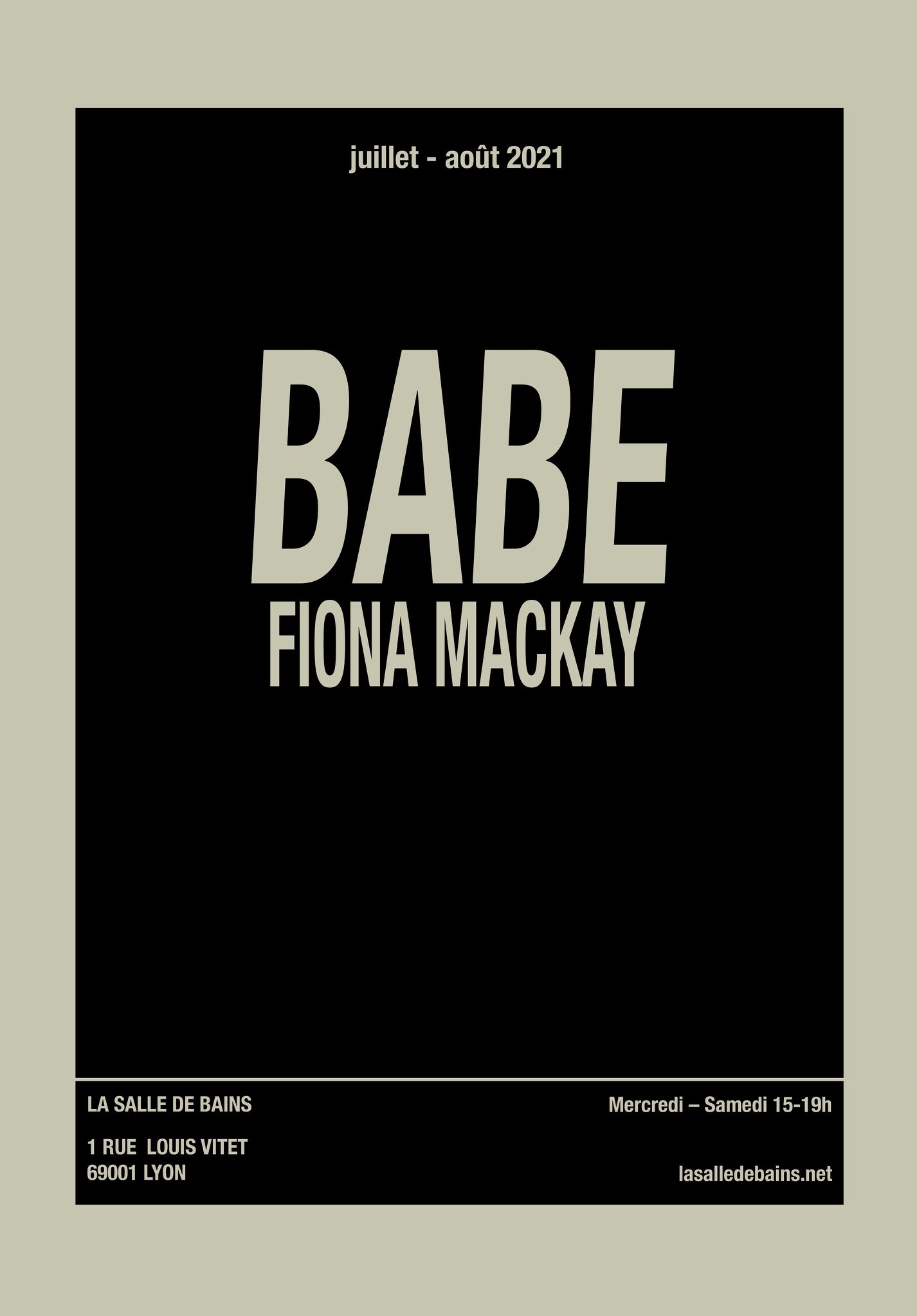
Babe, 2021
Affiche
Fiona Mackay (1984, Aberdeen, Ecosse), vit et travaille à Marseille.
Diplômée de la Glasgow School of Art (2006), Fiona Mackay a participé à de nombreuses expositions personnelles et collectives partout en Europe : opium, Belsunce projects, Marseille (2021) ; La psychologie des serrures, CAN, Neuchâtel (2020) ; dreams, Klemm’s, Berlin (2019) ; Running Away, New Joerg, Vienne (2018) ; Ether, Une, une, une, Perpignan (2018) ; prolog, Apes&castels, Bruxelles (2017) ; Foreign Place, WIELS, Bruxelles (2016)
Diplômée de la Glasgow School of Art (2006), Fiona Mackay a participé à de nombreuses expositions personnelles et collectives partout en Europe : opium, Belsunce projects, Marseille (2021) ; La psychologie des serrures, CAN, Neuchâtel (2020) ; dreams, Klemm’s, Berlin (2019) ; Running Away, New Joerg, Vienne (2018) ; Ether, Une, une, une, Perpignan (2018) ; prolog, Apes&castels, Bruxelles (2017) ; Foreign Place, WIELS, Bruxelles (2016)
Fiona Mackay (1984, Aberdeen, Scotland), lives and works in Marseille. A graduate of the Glasgow School of Art (2006), Mackay has taken part in numerous group and solo shows throughout Europe: opium, Belsunce projects, Marseille (2021) ; La psychologie des serrures, CAN, Neuchâtel (2020) ; dreams, Klemm’s, Berlin (2019) ; Running Away, New Joerg, Vienna (2018) ; Ether, Une, une, une, Perpignan (2018) ; prolog, Apes&castels, Brussels (2017) ; Foreign Place, WIELS, Brussels (2016)
La Salle de bains reçoit le soutien du Ministère de la Culture - DRAC Auvergne-Rhône-Alpes, de la Région Auvergne-Rhône-Alpes et de la Ville de Lyon.
